. “If Ben Gurion is the father of the Israeli state, then Golda Meir is its mother,” the Israelis themselves say.
Achievements of Golda Meir.
Jewish and Ukrainian peoples have much in common with each other(perhaps they live next to each other for a very long time, adopting characters and traditions), therefore, even in any anecdote about the entrepreneurial spirit of the nation, the Ukrainian and the Jew can be exchanged for each other, without the slightest damage to folk art.
When you get acquainted with the exploits and merits of Golda Meir, you cannot shake the feeling that you are reading... about a Ukrainian. As unbending as Nadya Savchenko, fearless as (the only woman in the world who has committed air ram), talented and uncompromising, like.
Even after 50-70 years, much of what Golda Meir did in her life is surprising and amazing:
- Shortly before the start of World War II, the Arabs joined Hitler's axis. Mandatory Palestine (status 1920-1948) could find itself under siege without having its own armed forces. Then Golda Meir went on a propaganda tour, making speeches designed to convince her compatriots to join Britain. She managed to recruit about 33,000 Zionists into the British armed forces... Thus, in the mortal battle with Nazism she additionally received at once... two full-blooded divisions of volunteers;
- the most critical moment in the life of Israel(later solemn) was Britain's refusal to extend the UN mandate for Palestine since 1948. The Jews were left alone without British armed forces against the entire Arab world. Golda Meir, who understood that
a) exactly at midnight, as soon as Britain’s mandate ends and its High Commissioner for Palestine sails on a warship, the Arab armies will cross the borders of the state and war will begin;
b) how to prevent mass exodus and new dispersion, whose number exceeded 650 thousand?
c) on the same day the creation was proclaimed. Among the 38 leading Israeli politicians who signed the Israeli Declaration of Independence are the signatures of two women - Golda Meir and Rachel Cohen (Kagan). became two women. The Declaration became a historical document that ended the wandering of Jews without a homeland for 1887 years;
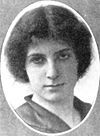
The first task for independent Israel was... the search for money, without which no state in the world could exist. The situation was critical - even the military personnel on the Israeli border asked Golda Meir for permission to leave the country, since they needed weapons and, above all, tanks to defend their borders. She answered them: “Okay. You stay, and I will get 10 million for your tanks.” A little later, Meir herself recalled that this promise was a bluff, since she could not even imagine where exactly she could get such a large amount of money. She immediately went to the USA, where she began collecting money for tanks. And she succeeded, and even more. In just three months of touring, she collected an astronomical sum of 50 million (more than $1 billion at 2015 prices). This amount was three times the annual revenue from mining in Saudi Arabia in 1947;
At the dawn of independence, in May 1948, she decided to meet with King Abdullah of Jordan to prevent the impending war. When friends warned her that she might die, Meir replied: “I am ready to go to hell if it gives me a chance to save the life of just one Jewish soldier.” To do this, she dressed up as an Arab woman and went over. At the meeting, the king asked Meir why she was so eager to fight for an independent state, to which she replied: “I don’t think that 2000 years can be perceived as a “big rush.” She told Abdullah that there would be a war and that Israel was in it will win. In her autobiography, she writes: “It was the greatest impudence on my part, but I knew that we had to win.”
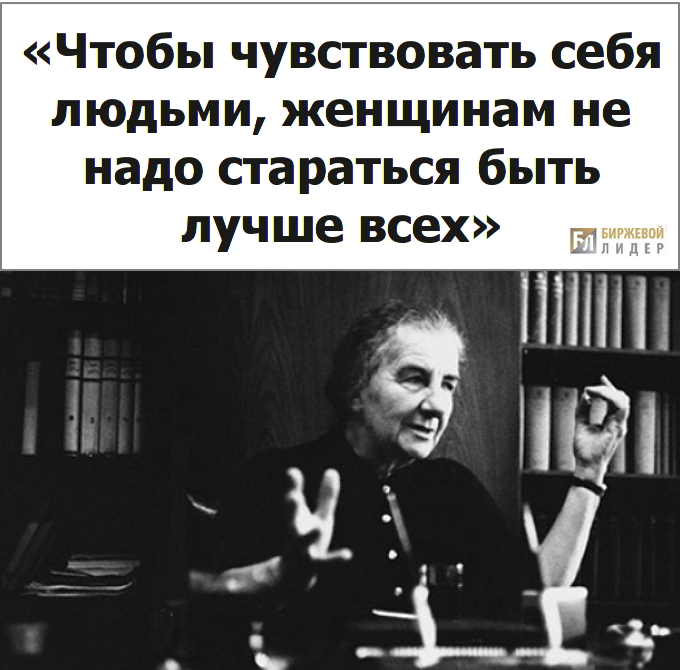
Because the USA and Great Britain refused to supply weapons, Golda Meir found them in the USSR, serving as Israel's first ambassador to the Soviet Union for a year. The scale of the weapons received is amazing even from today’s perspective. The USSR, only on behalf of Czechoslovakia, through the port of Split, delivered to Israel by October 1948.
- 25 Avia S-199 fighter-bombers (Messerschmitt);
- 61 Supermarine Spitfire fighters;
- 34,500 P-18 rifles;
- 5,515 MG 34 machine guns with ammunition;
- 900 vz machine guns 37;
- 500 vz pistols. 2;
- 500 VZ light machine guns. 26;
- 91,500,000 rounds of 7.92×57mm Mauser;
- 15,000,000 rounds of 9 mm Parabellum;
- ~1,000,000 other cartridges.
Note: Israelis have a different point of view on this fact. They are grateful not to the USSR for the supplied weapons, but to Czechoslovakia. The assessments of Golda Meir as the Ambassador of Israel to Israel are also ambiguous, because During this period, the Jewish Anti-Fascist Committee, the Einikait newspaper, and the Der Emes publishing house were closed, and the fight against “cosmopolitanism” began in the USSR.
Golda Meir always responded with a blow to the blow of any terrorists. After the shooting of the Israeli Olympic team by militants of the Palestinian terrorist organization “Black September” and the taking of 9 hostages at the 1972 Munich Olympics, demanding the immediate release of two hundred PLO members from Israeli prisons, Prime Minister Golda Meir refused to comply with the terrorists’ demand and ordered the Mossad to search for and destroy everyone involved in the terrorist attack. The task was completed - 15 terrorists died over 20 years in different parts of the world. Only one of the terrorists, Abu Daoud, died of his own death in 2010, and the second, Jamal al-Gashi, managed to escape several assassination attempts and hide in one of the African countries.
She left the post of prime minister undefeated by either enemies or competitors. After Israel's hard-fought victory in the Yom Kippur War, Golda Meir's Ma'arach party won the elections in December 1973 (39.6%), but Israeli dissatisfaction with the heavy military losses in the war grew sharply. Meir resigned in 1974, ending her political career undefeated at age 76.
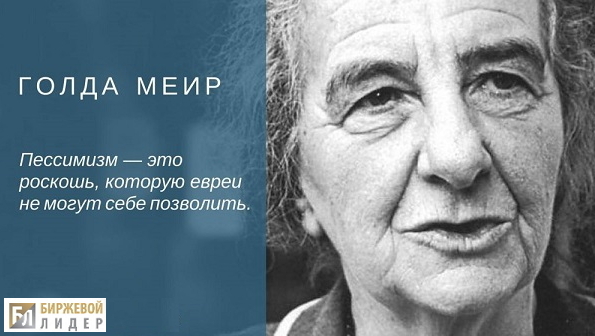
As a teenager, Golda Meir was a mystery to her American friends; Although she had only two dresses, she was still called at school and on the street a very captivating and charming girl with exquisite taste. Her school friend Regina said: “Four out of five boys were in love with her... She was so vibrant and attractive.”
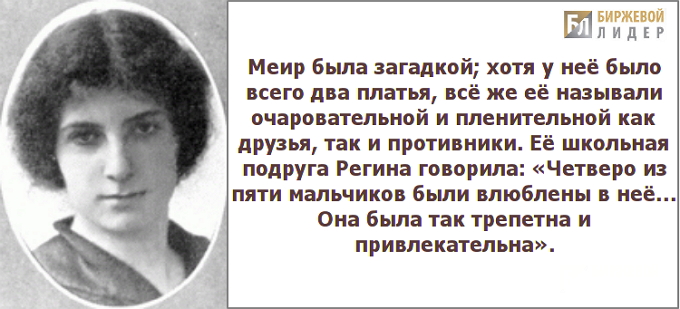
Search Money the tanks became very debilitating for Golda, so she suffered a heart attack and was able to return to work only when the State of Israel had already been proclaimed, that is, after May 14, 1948;
In her actions, Golda Meir was always guided by the motto: “If you want it, then it’s no longer a dream”;
Meir responded to her critics who said she should have cared more about Israel's image: "If we have a choice between dying with everyone's sympathy or surviving with a bad image, then we'd rather live with a bad image ";
- "Golda Meir is one of the world's greatest women. Like Martin Luther King, she helped change the world for the better because she had a dream. She never allowed her personal desires and needs to derail her from achieving that dream. She focused everything strength to create the Jewish state, and after its emergence - to maintain its security. When the people asked her to become their leader, she left her home, books and music and led her nation through the war for survival, "- these are the words they remember Golda Meir people who knew her.
.Kiev carpenter Moishe Mabovich and professional nurse Bluma Naidich never thought that their daughter Golda, born in Kiev in 1898, would have such an unusual fate.
They had something to think about besides Golda’s fate, because there were eight children in the family, but only three lived to adulthood.
In 1906, Golda emigrated to the United States with her parents and sisters. This was a common occurrence in those days. The Jewish poor left the Russian Empire overseas in droves, hoping to find there better life. In the USA, the Mabovich family settled in the north of the country in Milwaukee, Wisconsin.
In 1912, Golda graduated from primary school, pedagogical courses and began working as a teacher. in English for new emigrants. At the age of fourteen, she was already fully self-sufficient, earning her own living. And soon she left the family altogether and went to work in Denver. Distinguished by her strong and independent character, Golda built her life independently, without fear of any difficulties. So, when the teacher’s earnings ceased to generate income, Golda mastered the profession of a seamstress and began working in an atelier.
She was also very interested in politics and became a member of the socialist circle of young Jewish workers. It was there that she met her future husband, Morris Meerson, who was keen on the ideas of Zionism, that is, the restoration of an independent Jewish state in the Middle East and the repatriation of all Jews to it. Soon the young people joined Poalei Zion, a left-wing Zionist trade unionist organization that had close ties with trade unions.
On December 24, 1917, their wedding took place, and four years later the young family moved to Palestine. At first, Golda and Morris lived in Kibbutz Merhavia in the Jezreel Valley, where they worked as simple agricultural workers. And then they moved to Tel Aviv, where Golda worked in various positions in the trade union and in the civil service.
On May 14, 1948, Golda Meir became one of two female politicians to sign the Israeli Declaration of Independence. Later in her memoirs she wrote about it this way: “The State of Israel! My eyes filled with tears, my hands trembled. We have achieved it. We made the Jewish state a reality, and I, Golda Mabovich-Meyerson, lived to see that day. Whatever happened, whatever price we had to pay for it, we recreated the Jewish Homeland. The long exile is over."
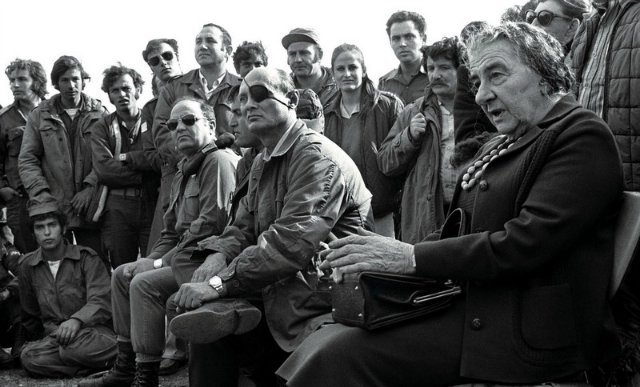
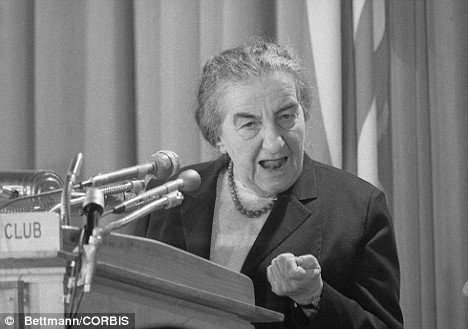
The creation of Israel caused a sharp negative reaction among Arab states. Just the day after the declaration of sovereignty, Israel was attacked by the combined armies of Egypt, Syria, Lebanon, Jordan and Iraq. The first Israeli War of Independence began.
With the outbreak of war, the young Jewish state needed large quantities of weapons and international support. It is curious that the first state to recognize Israel de jure and establish diplomatic relations with it was... the USSR! He also became the first major supplier of weapons to the young Jewish state. Of course, it was not by chance that Soviet leader Joseph Stalin pursued such a policy. The point was that the Arabs traditionally had good relations with the United States and England. And the creation of Israel drove a serious wedge into the relations of the Anglo-Americans with the Arabs. Therefore, the Soviet Union contributed in every possible way to the emergence and strengthening of the Jewish state in the Middle East.
It was no coincidence that Golda Meir (Meyerson) was appointed the first Israeli ambassador to the USSR. On the political field, she was distinguished by her left-wing views, had a working-class background and extensive experience working in trade union organizations of a socialist persuasion, which could not but impress the Soviet leadership.
On September 3, 1948, Golda Meir arrived in Moscow. Her arrival was marked by an enthusiastic welcome from a huge crowd of Soviet Jews visiting a Moscow synagogue. This event was so important for the history of the Jewish state that it was even depicted on modern Israeli banknotes in denominations of 10,000 shekels, and then 10 new shekels.
It is curious that Golda Meir did not speak Russian at all, since she left Kiev at a very young age. Therefore, she communicated with Soviet Jews in Yiddish, which many then knew. While in Moscow, Golda Meir met and became friends with Polina Zhemchuzhina, the wife of Vyacheslav Molotov, who was then a member of the Politburo and one of the top leaders of the USSR. Once, at a reception in the Kremlin, Polina Zhemchuzhina addressed Meir in Yiddish with the words: “I, too, am a daughter of the Jewish people!” Soon Polina was arrested and sent to a Kazakh camp, and the Jewish Anti-Fascist Committee, the Einikait newspaper, and the Der Emes publishing house were closed in Moscow, major figures of Jewish culture were arrested, and their books were confiscated from libraries. However, this did not mean the deployment of a massive anti-Semitic campaign in the USSR. It’s just that the “leader of the peoples” was afraid of the emergence of any organized opposition within the country, nipping such attempts in the bud. In addition, the struggle for power in the top Soviet leadership intensified, and in this behind-the-scenes fuss, any, the dirtiest methods were used. It became difficult to work in such an environment, and in March 1949, Golda Meir left her post as Israel's ambassador to the USSR.
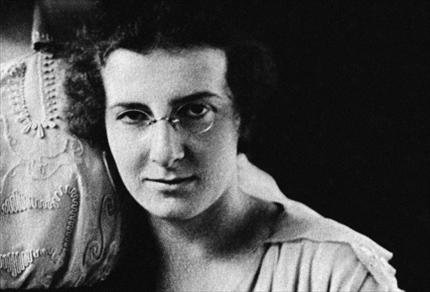
In 1949-1958, Golda Meir served as Minister of Labor, doing a lot to harmonize labor relations in the country. And then she headed the Israeli Foreign Ministry for eight years. In 1966, she was elected Prime Minister of Israel. And in this post she had to face considerable difficulties.
On June 5, 1967, Egyptian and Syrian troops, equipped with modern Soviet weapons, simultaneously invaded the territory of the Jewish state from different directions. But they were completely defeated within six days, leaving the Sinai Peninsula, Gaza and East Jerusalem. The “Six Day War” was completely won by Israel due to the use of more modern and flexible methods of warfare.
In October 1973, the Arabs tried to take revenge, which led to a new, so-called “Yom Kippur War.” Once again, the Egyptian and Syrian forces suffered a crushing defeat, losing huge numbers of tanks, aircraft and artillery. Thus, during Golda Meir's tenure as Prime Minister, Israel had to experience the most severe upheavals in its modern history. And emerge from them with honor, largely thanks to the firmness and high self-control of the top political leadership. In this regard, there was even a humorous saying that “Golda Meir is the only man in the Israeli government.”
At the same time, Golda Meir never belonged to feminists and, moreover, was hostile to this social movement. She was a real woman in the full sense of the word, she never hid her femininity and, on the contrary, was proud of it. She was a devoted loving mother and grandmother. She loved to cook and never missed an opportunity to cook. In politics and in relation to people, Golda Meir also often behaved in a typically feminine way. Her assessment of people and events was often based on irrational feelings and natural intuition. She knew how to win hearts. People who interacted with her quickly fell under the spell of her naturalness and simplicity, her talent for clearly and understandably expressing her positions. Journalists loved to talk to her.
...Golda Meir resigned in 1974, leaving the top post to her successor Yitzhak Rabin.
Subscribe to the XXI Century agency account in
(Hebrew: גולדה מאיר), married name - Meerson (Hebrew: מאירסון), nee Mabovich (Hebrew: מבוביץ׳, May 3, 1898, Kiev, Russian Empire - December 8, 1978, Jerusalem, Israel) - Israeli political and statesman, 5th Prime Minister of Israel, Minister of the Interior of Israel, Minister of Foreign Affairs of Israel, Minister of Labor and social security Israel.
Golda Meir was born in Kyiv, in Russian Empire, in a poor Jewish family. The family had eight children, five of whom (four boys and a girl) died in infancy; only Golda and her two sisters survived, the eldest Sheina (1889-1972) and the youngest Klara (originally Tsipka). Her father Moishe Yitzchok (Moses) Mabovich worked as a carpenter, and her mother Bluma Mabovich (nee Naiditsch) worked as a wet nurse. The beginning of the 20th century in Russia was marked by Jewish pogroms, so many Jews in Russia did not feel safe. In 1903, the Mabovichs returned to Pinsk, to the house of Golda’s grandparents.
1904. Golda Meir, the first known portrait in Pinsk
In the same year, Moses Mabovich left to work in the USA. Three years later (1906), Golda, her sisters and mother joined him in America. Here they settled in the north of the country in the city of Milwaukee, Wisconsin. In the fourth grade, Golda and her friend Regina Hamburger organized the American Sisters' Society to raise money for textbooks for schoolchildren in need. Little Golda's speech amazed the gathered people, and the money collected was enough to buy textbooks. The local newspaper published a photograph of the chairman of the Society of Young Sisters - this was the first photograph of Golda Meir published in the newspaper. 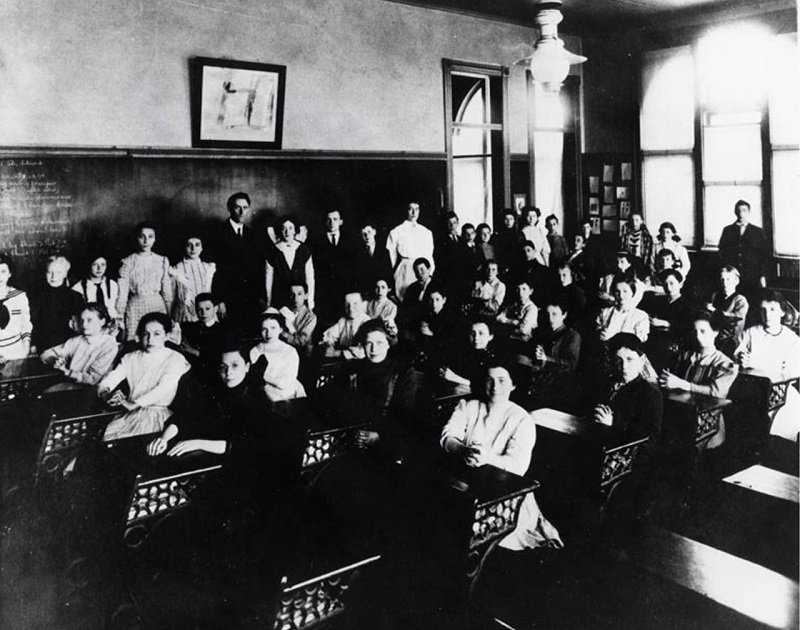
1911. Golda Meir in 8th grade at School 4 in Milwaukee, Wisconsin
In 1912, Golda graduated from high school and decided to continue her studies in Denver. She did not have money for a ticket, and the girl became an English “teacher” for new emigrants for 10 cents an hour. Her parents objected to her plans, but fourteen-year-old Golda still went to Denver, leaving a note for her parents asking them not to worry. Golda's older sister Shayna lived in Denver with her husband Shamai Korngold and daughter Judith. At that time, the only hospital in the country for Jewish emigrants in the country was located in Denver; some of the patients of this hospital were friends with the Korngold family and visited them. Among them were Zionists. This period in Golda Meir's life greatly influenced her views. In Denver, Golda met her future husband, Maurice Meyerson. Meir herself writes about this in her autobiography:
In any case, the long night debates in Denver played a big role in shaping my beliefs and in my acceptance or rejection of various ideas. But my stay in Denver had other consequences. Among the young people who often came to Sheina, one of the most taciturn was the quiet and sweet Maurice Meerson.
Shane's sister considered Golda just a child and was strict with her. One day they had a big scandal, and Golda left Sheina's house. She got a job in a studio and rented a small room. A year later, her father sent her a letter in which he wrote: “If you value your mother’s life, you must return home immediately.” In 1914, Golda was forced to return to Milwaukee. 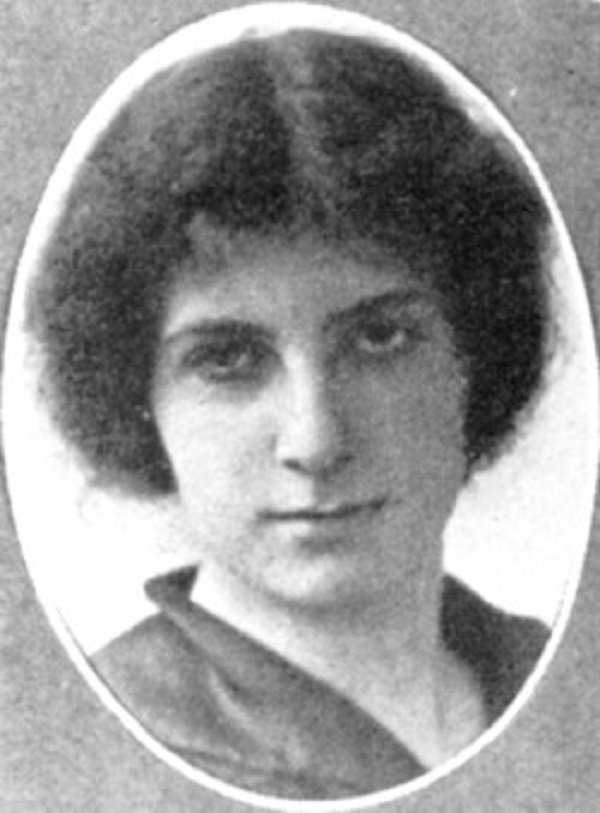
1914 Youth in Milwaukee, USA, 1914
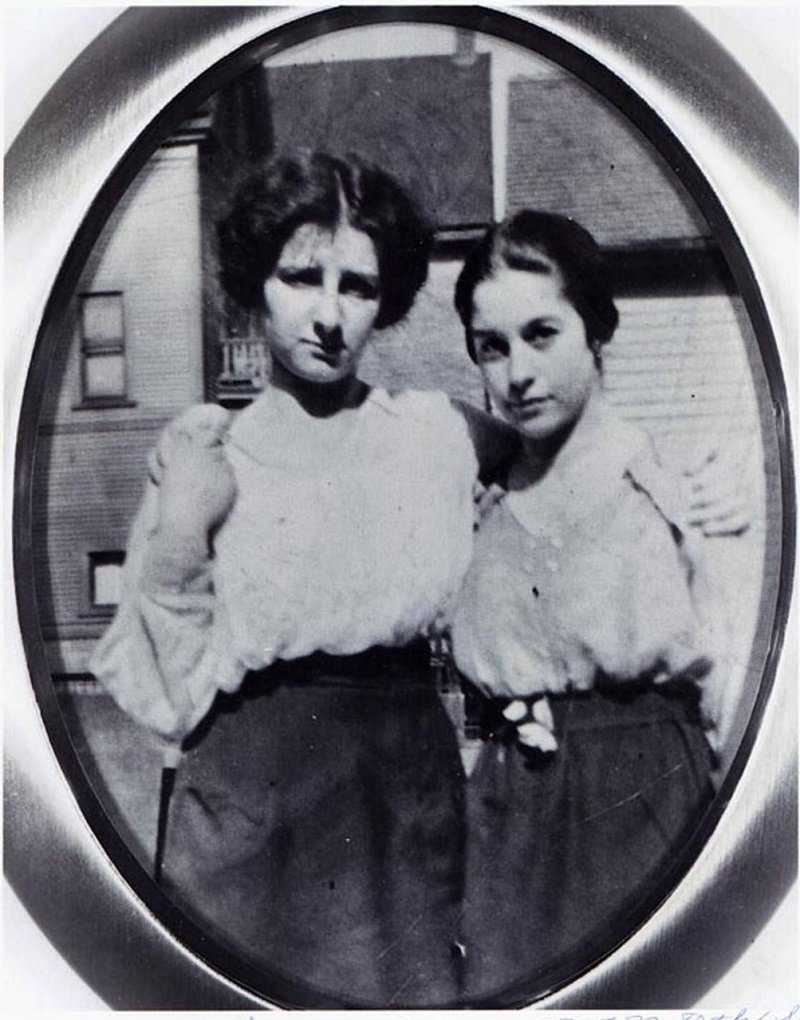
1914. Golda Meir with Sadie Gershon in Milwaukee
Their life improved, their father found a permanent job, and the family moved to a new apartment on Tenth Street. Golda attended high school, graduating in 1916, and the same year entered Teachers College in Milwaukee. At the age of 17, she joined the left-wing Zionist organization Poalei Zion of the trade unionist direction. 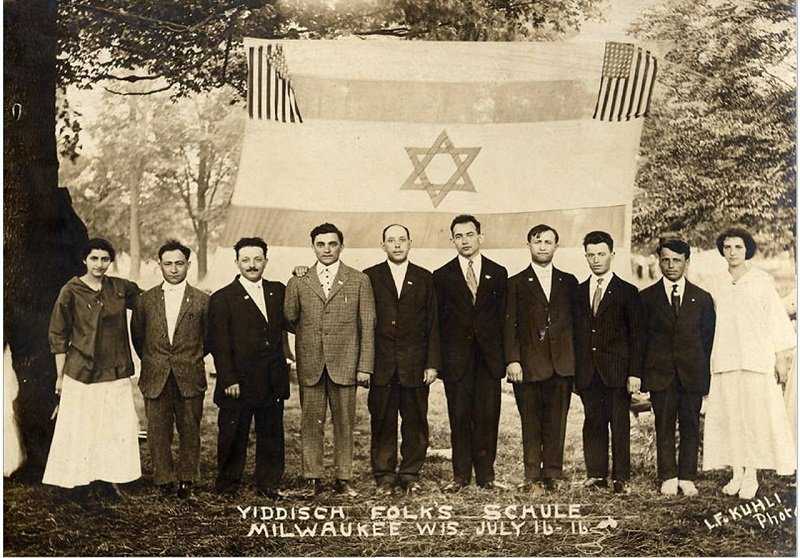
1916. Golda Meir and teachers of the Jewish public school in Milwaukee
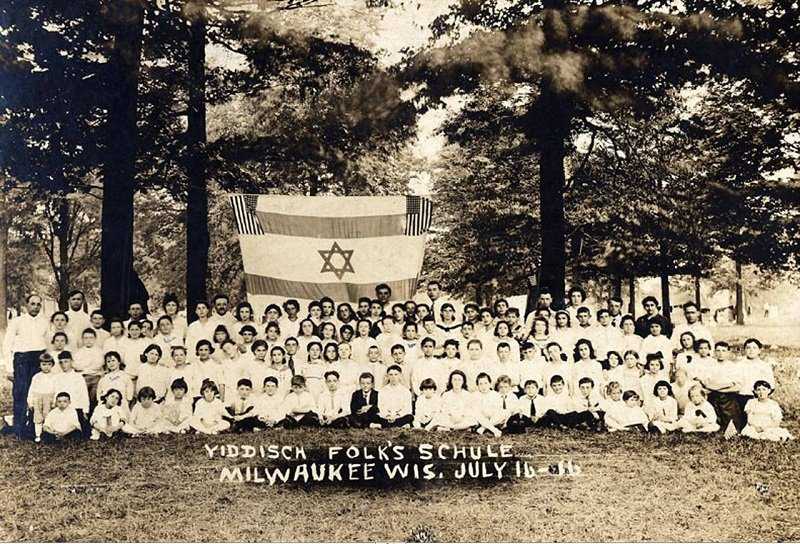
1916. Golda Meir and schoolchildren of the Jewish public school in Milwaukee
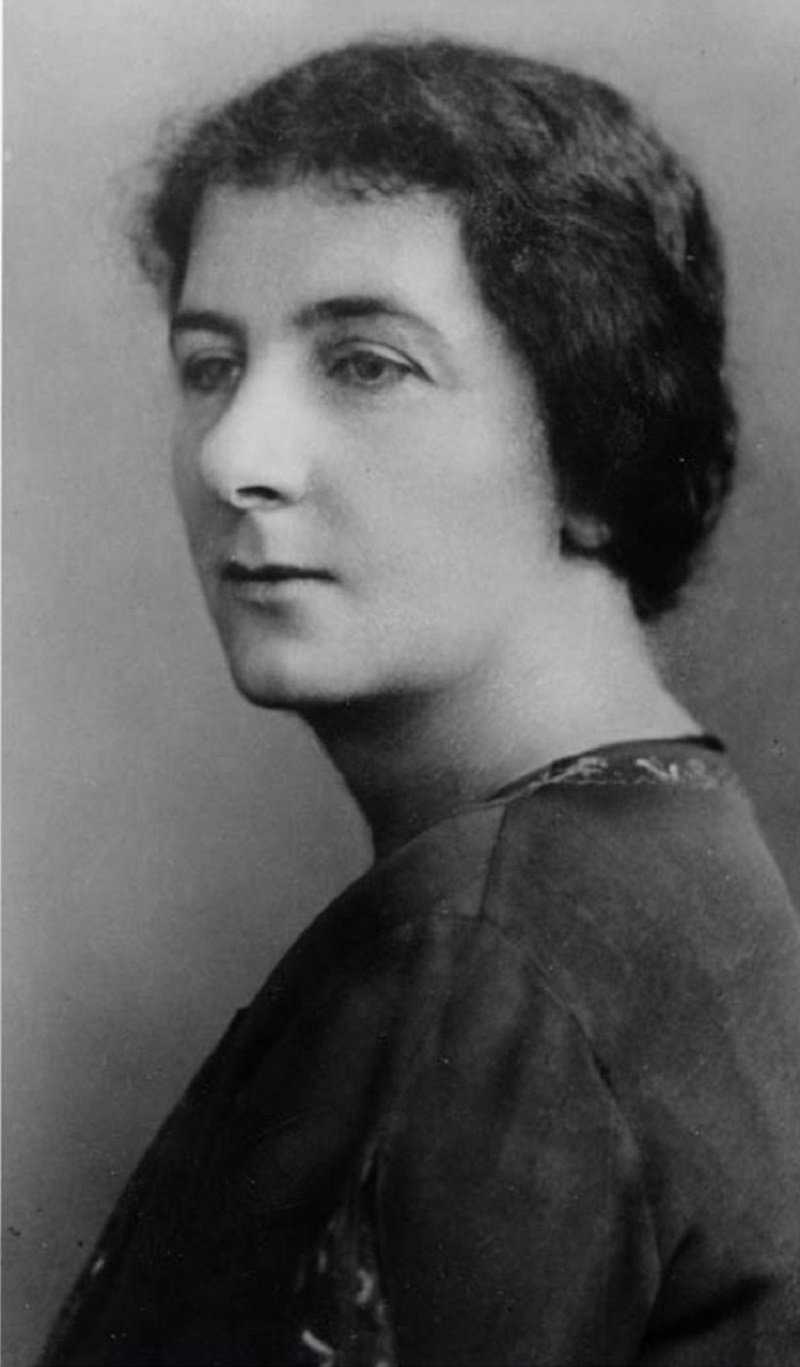
1917. Golda Meir
On December 24, 1917, her wedding took place with Maurice Meyerson, who shared her socialist-Zionist views. 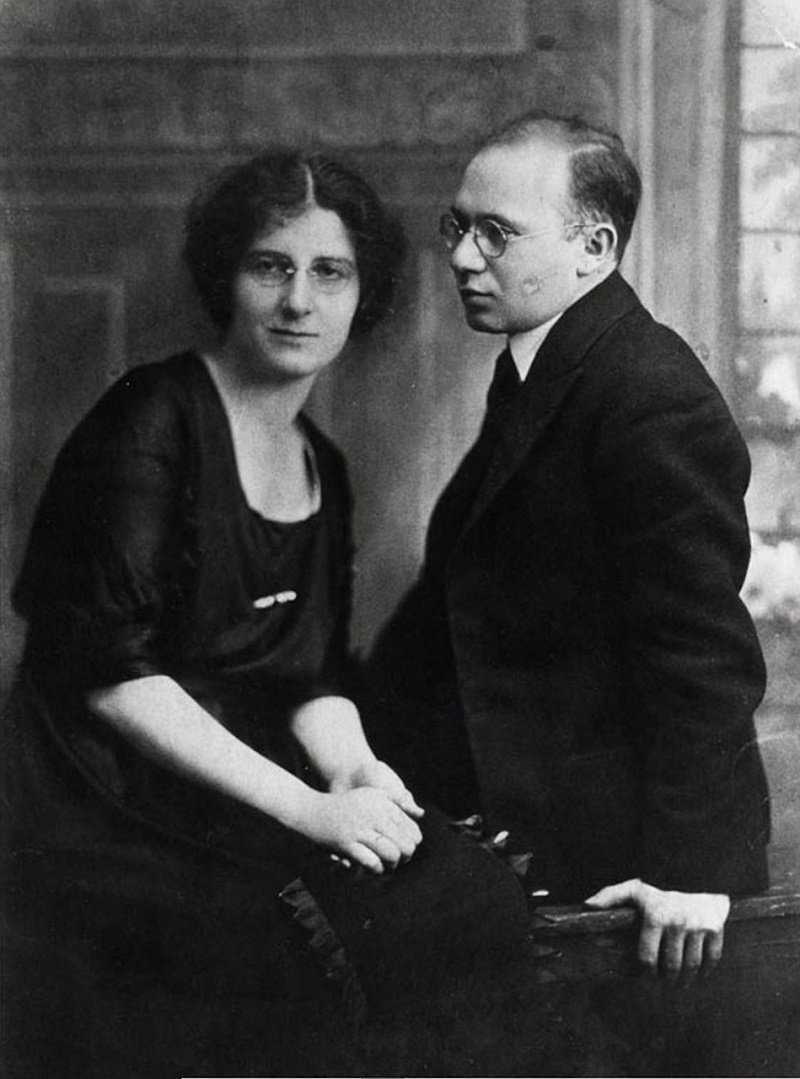
1918. Golda Meir with her husband Morris Myerson
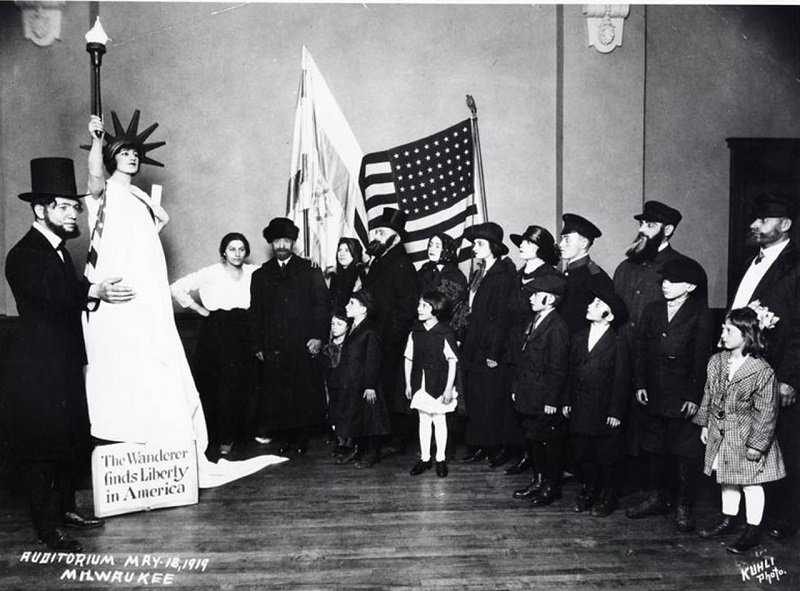
1919. Golda Meir (as the Statue of Liberty) at the competition in "Poalei Zion" (Workers of Zion)

1919. Golda Meir at the Poalei Zion (Workers of Zion) competition in Milwaukee

1919. Golda Meir at the competition in “Poalei Zion” (Workers of Zion)
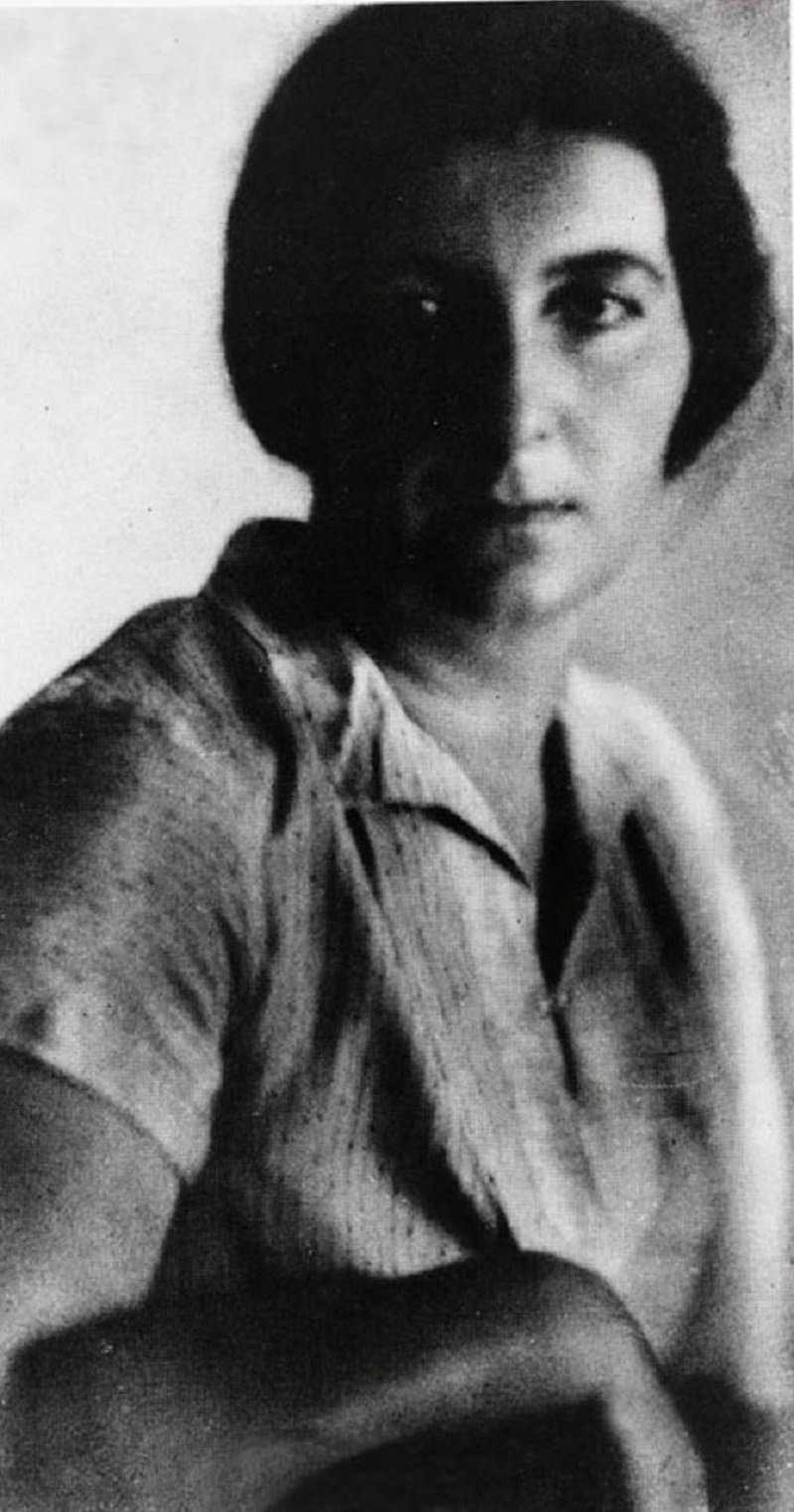
1920. Golda Meir
In 1921, Golda repatriated to Mandatory Palestine with her husband, Maurice Meyerson. Took the surname Meir when she was public service, at the insistence of Israeli Prime Minister David Ben-Gurion in 1956. 
1921. Golda Meir in Kibbutz Merhavia
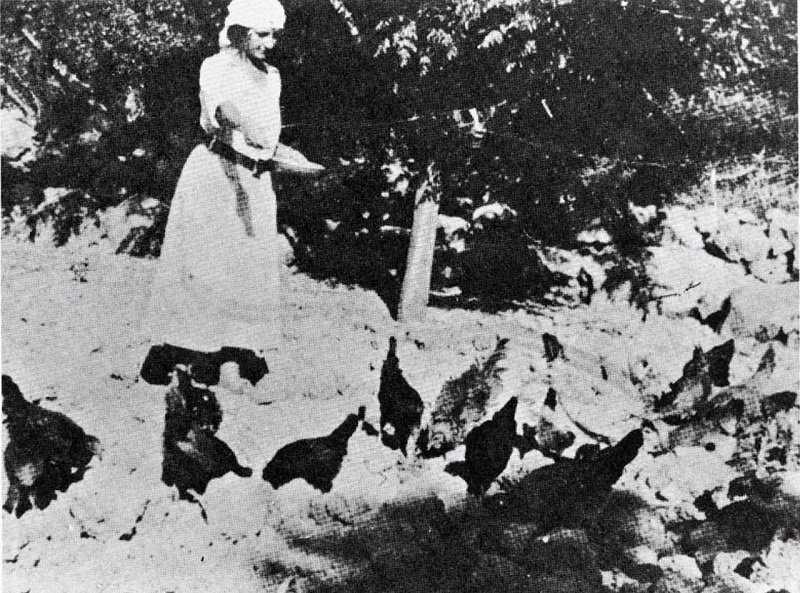
1921. Golda Meir feeds chickens in Kibbutz Merhavia
From 1921 to 1924 she worked at Kibbutz Merhavia in the Jezreel Valley. Her husband Maurice fell ill with malaria, and the Meyerson couple had to leave the kibbutz. At the end of 1924, Maurice took a poorly paid job as an accountant in Jerusalem. They found a small house with two rooms without electricity. We had to cook on a primus stove in the barn. Their first-born Menachem was born on November 23, 1924, and two years later their daughter Sarah was born. To pay for the house, Golda took laundry, which she washed in a trough, heating water in the yard. Her desire for social work found a way out in 1928, when she headed the women's department of the General Federation of Workers. She served in various government positions before being elected to the first Knesset in 1949. Since 1929, she often traveled abroad. in 1938 she was an observer at the Evian Conference. 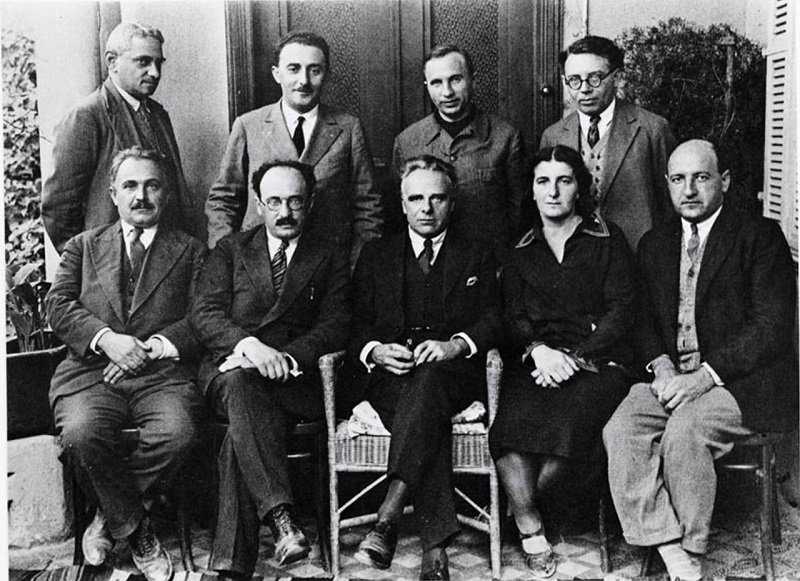
1930. Golda Meir visiting the British Labor Party
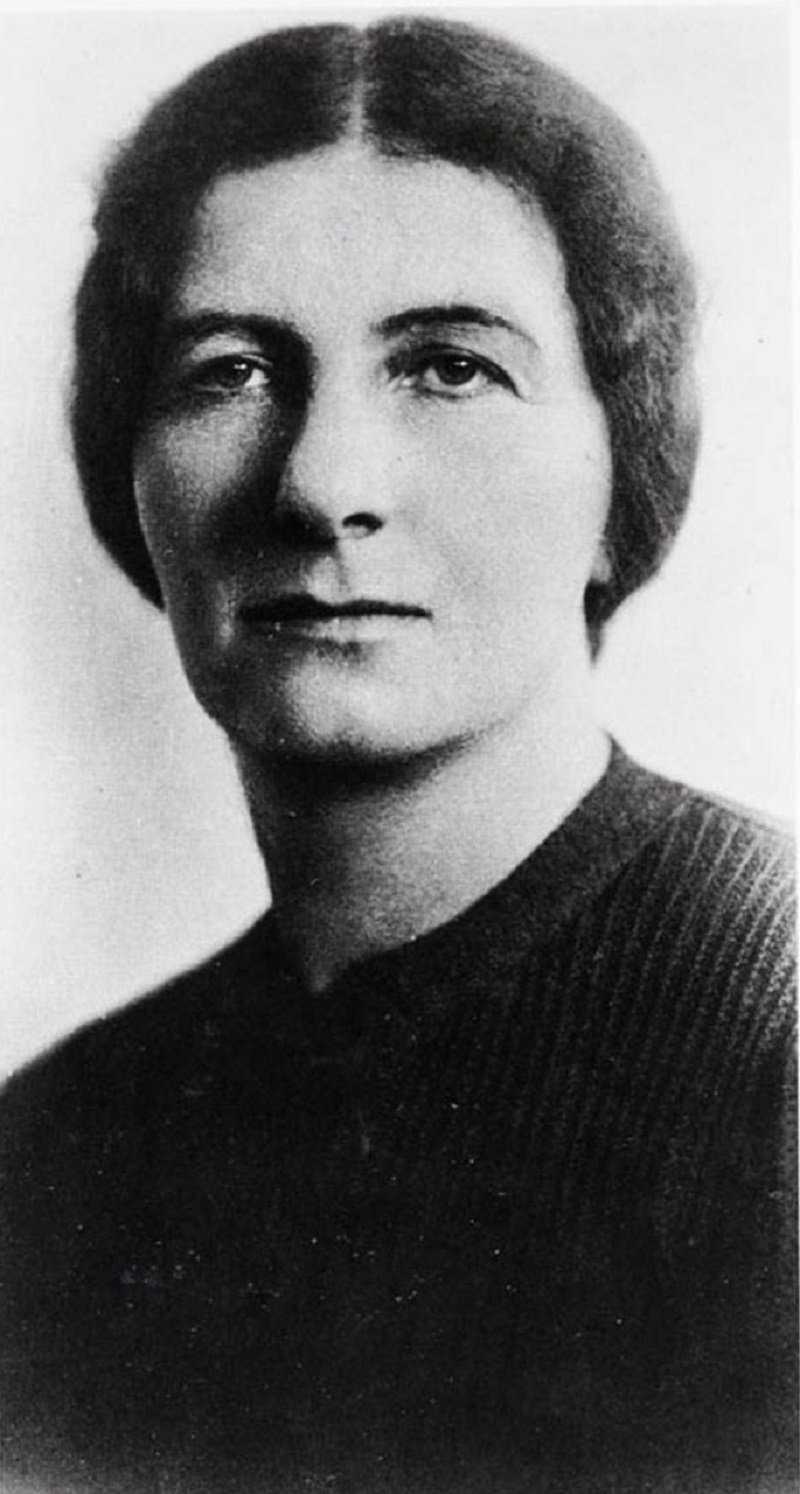
1932 Golda Meir during her mission to the USA
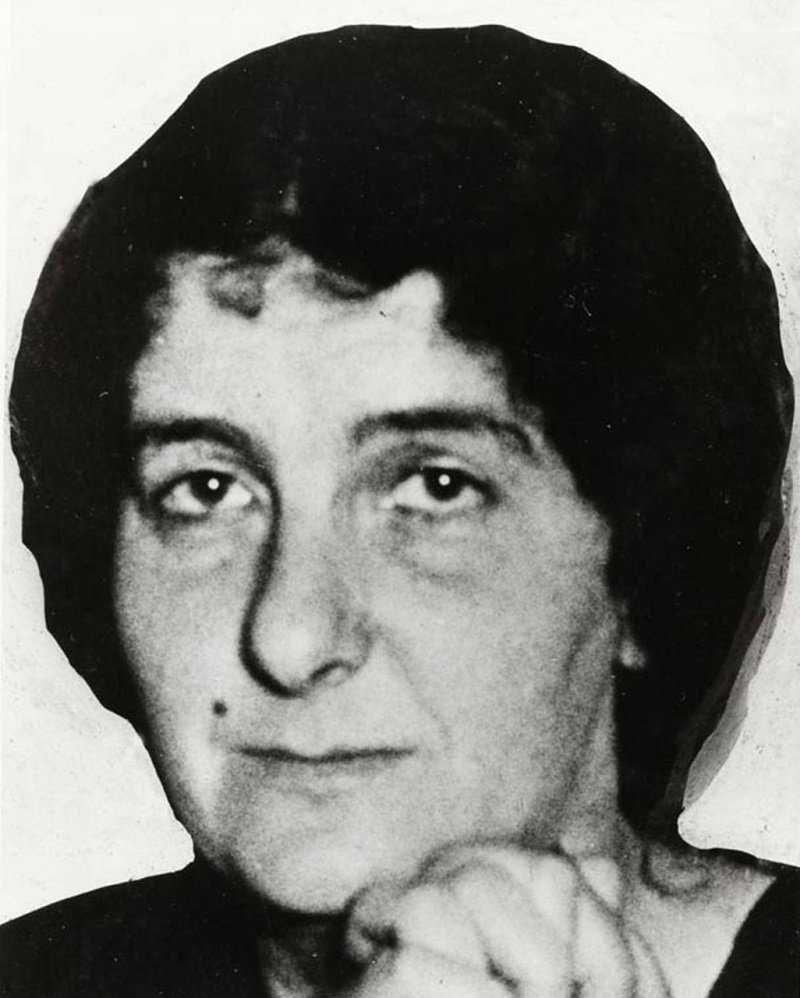
1932. Golda Meir in Milwaukee to give a charity speech
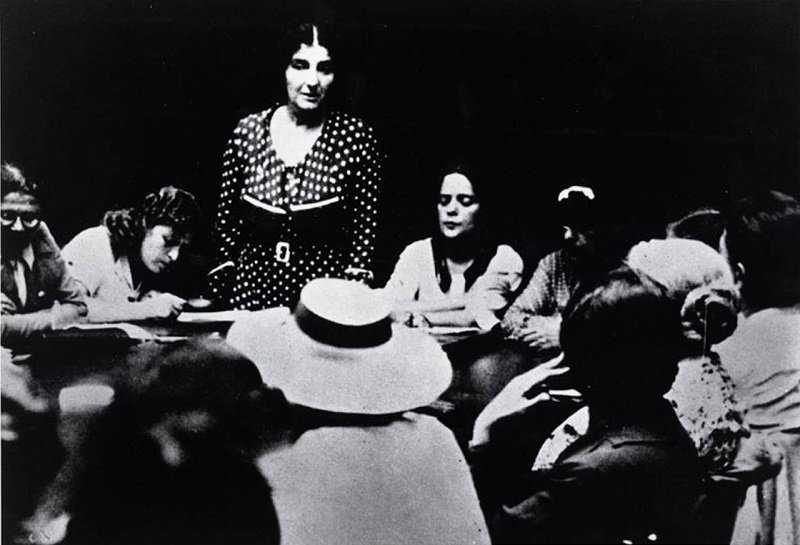
1935. Golda Meir at a meeting of the Labor Party in Palestine
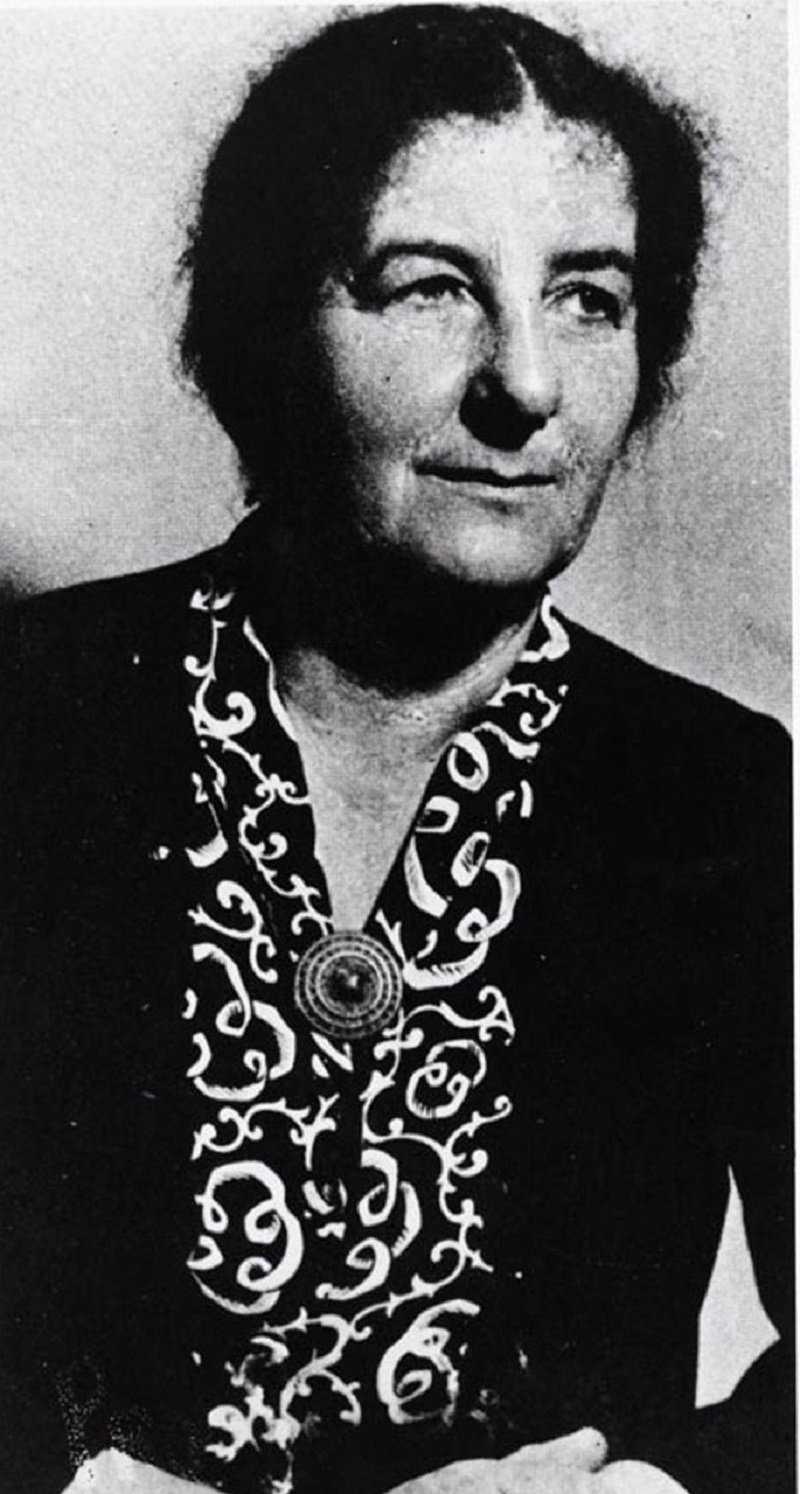
1947. Golda Meir as Chairman of the Political Department of the Jewish Agency
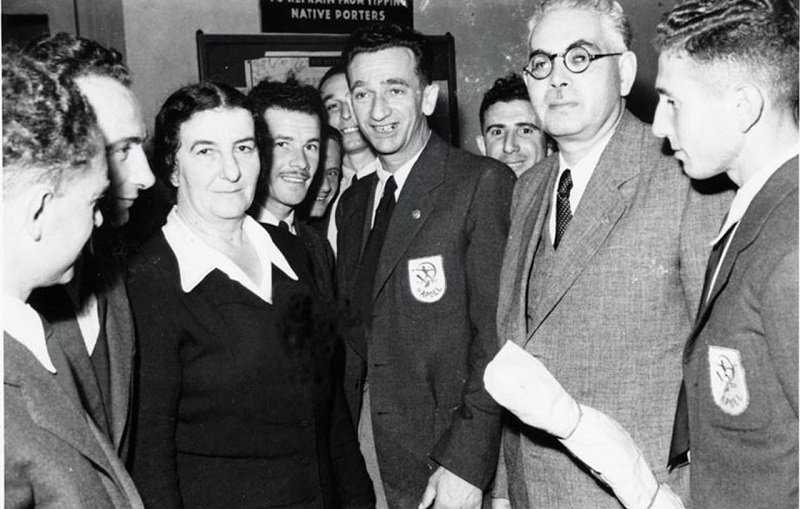
1947. Golda Meir and the Apoel football team
On May 14, 1948, Golda Meyerson was among the 38 signers of Israel's Declaration of Independence, including two women: Golda and Rachel Cohen-Kagan. Golda Meir writes in her memoirs:
State of Israel! My eyes filled with tears, my hands trembled. We have achieved it. We made the Jewish state a reality - and I, Golda Mabovich-Meerson, lived to see this day. Whatever happened, whatever price we had to pay for it, we recreated the Jewish Homeland. The long exile is over. 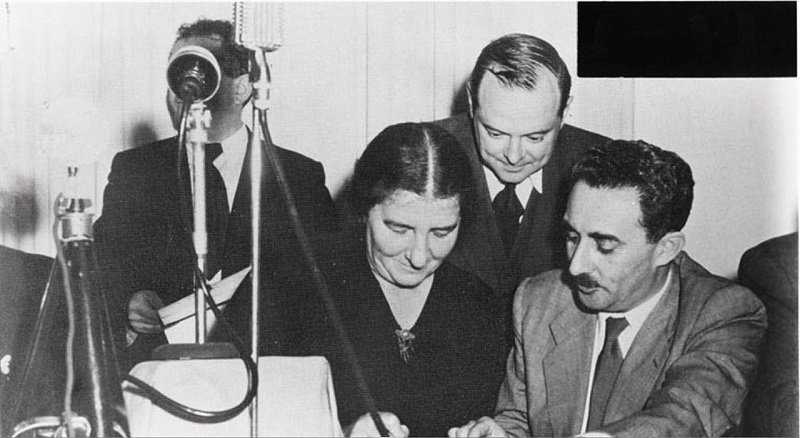
1948. Golda Meir signs the Israeli Declaration of Independence
The next day, Israel was attacked by the combined armies of Egypt, Syria, Lebanon, Jordan and Iraq. The Israeli War of Independence began.
The young state, attacked by its Arab neighbors, needed a large number of weapons. The first state to recognize Israel de jure was the USSR, which also became the first major supplier of weapons to the country.
In June 1948, Golda Meyerson was appointed Israel's first ambassador to the USSR, and arrived in Moscow on September 3. She held this post until March 1949. 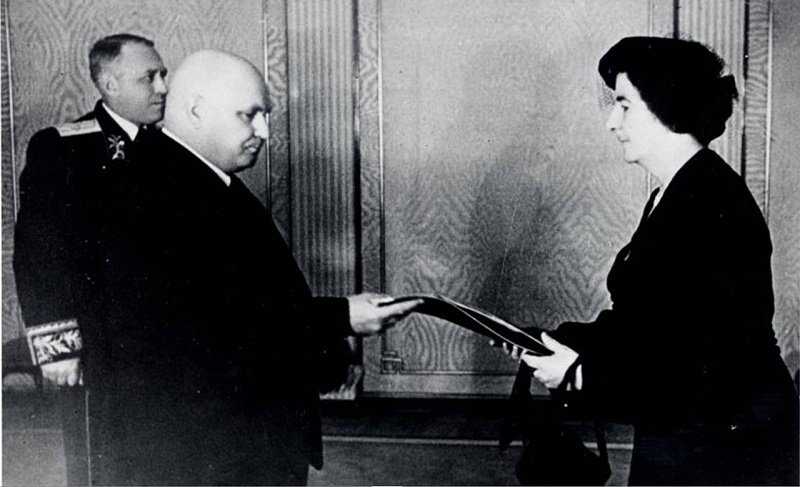
1948. Golda Meir presents her credentials to Vlasov
Her short tenure in this post was marked by an enthusiastic meeting given by a huge crowd of Jews during her visit to the Moscow synagogue. This event is depicted on the Israeli banknotes of 10,000 shekels and 10 new shekels. 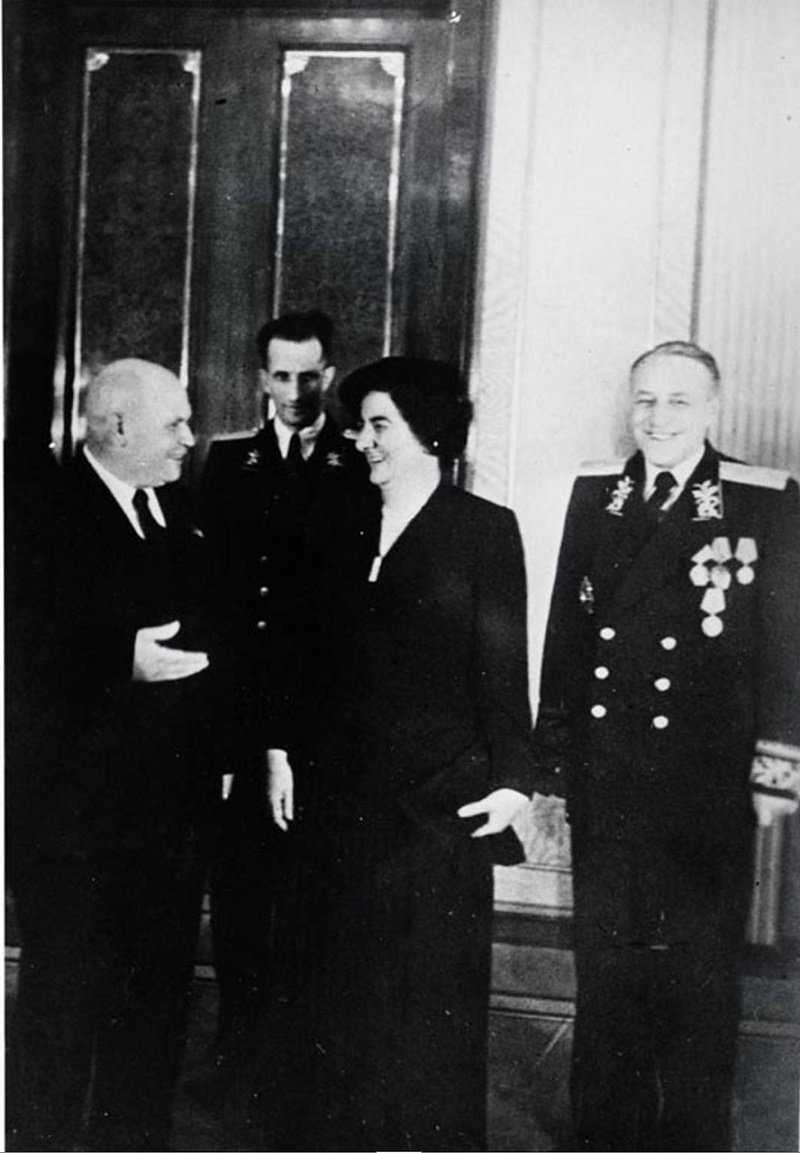
1948. Golda Meir with Ivan Alekseevich Vlasov, Deputy Chairman of the Supreme Soviet of the USSR
Golda Meir spoke excellent Russian. At a reception in the Kremlin, V. M. Molotov’s wife, Polina Zhemchuzhina, addressed her in Yiddish with the words: “I am a Jewish daughter!” (Yiddish Ich bin a yiddishe Tochter!). The two women then exchanged gifts. In particular, Molotov’s wife gave Golda Meir a mink coat from Gokhran, for which (and not for this trifle, but for her participation in the work of the Jewish Committee) she was later arrested on Stalin’s personal order.
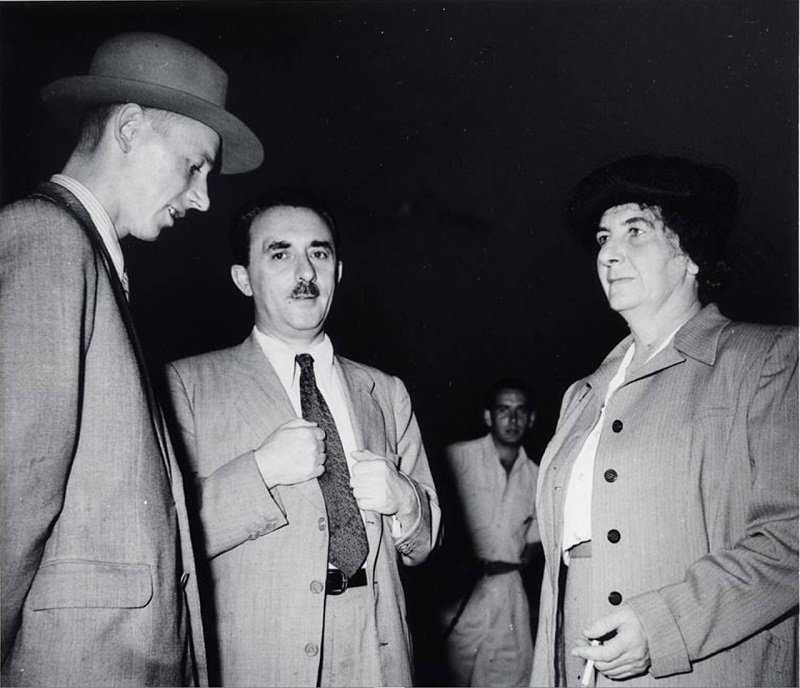
1948. Golda Meir with Moshe Sharett and Soviet Ambassador Ershov
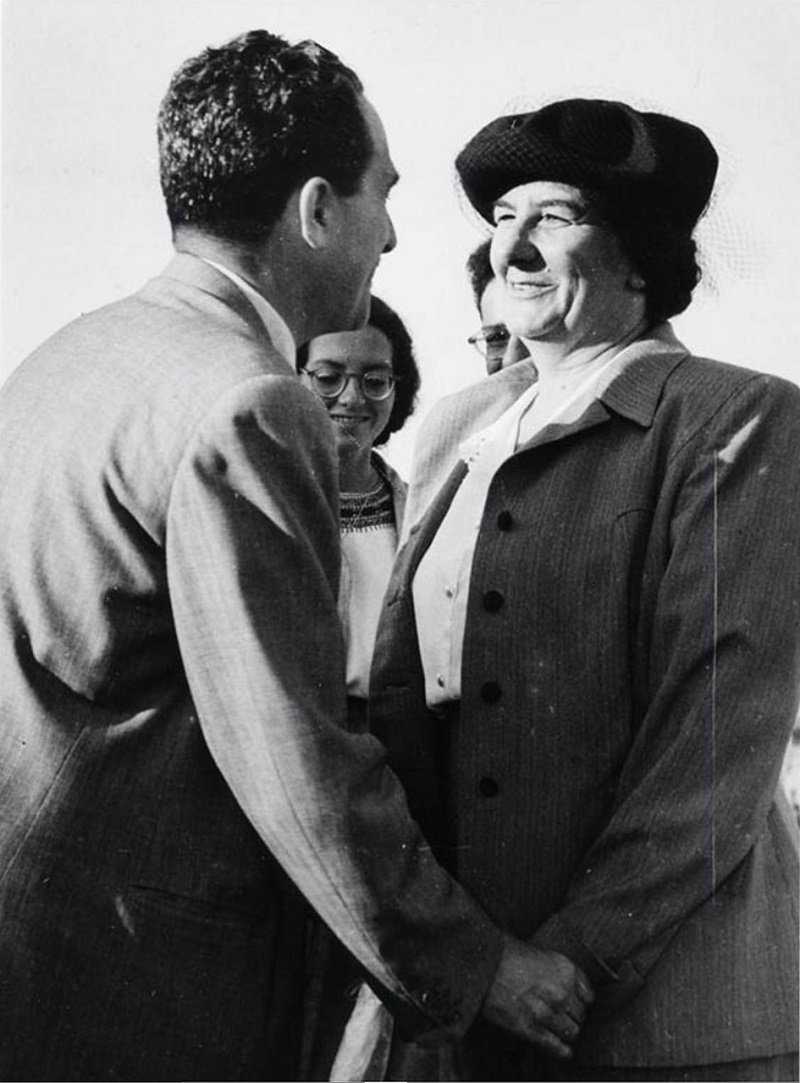
1948. Golda Meir with Moshe Sharett after her appointment as ambassador to the USSR
Minister of Labor from 1949 to 1958.
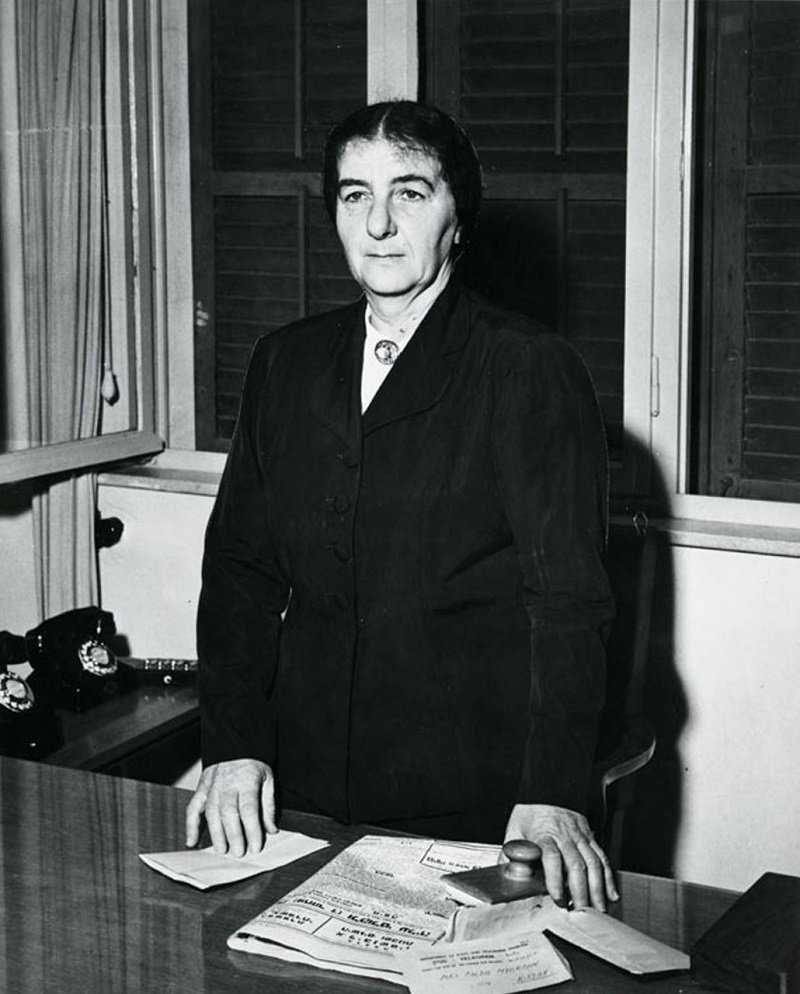
1949. Golda Meer
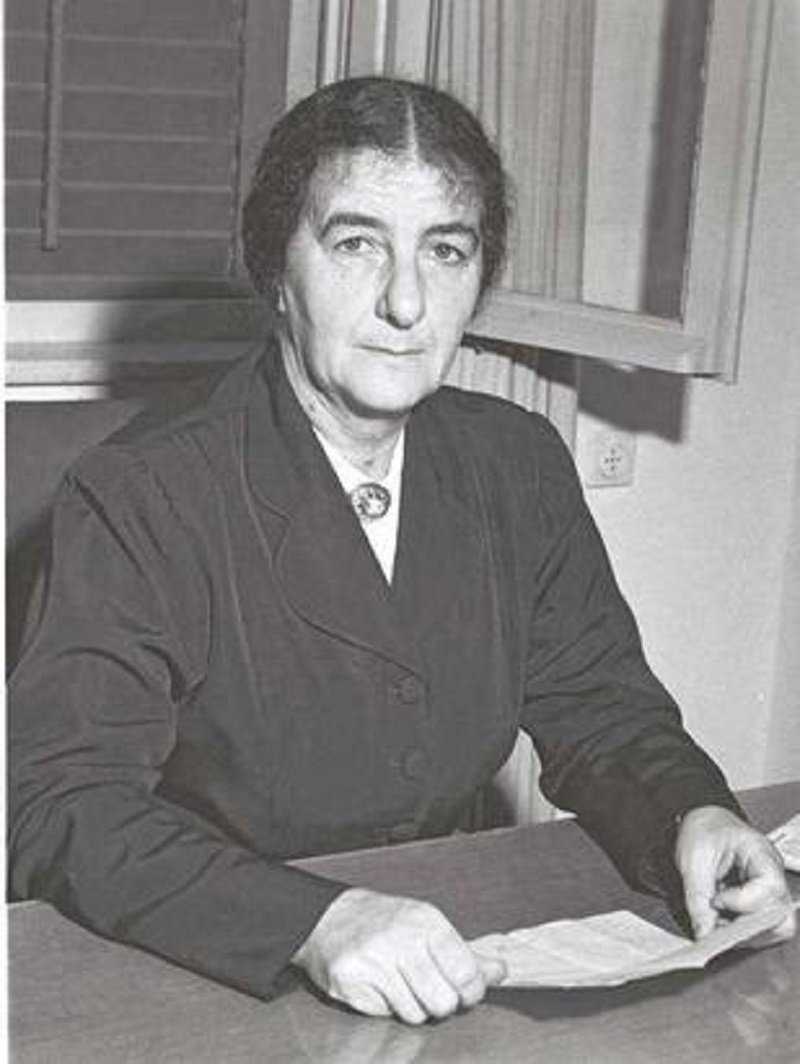
1949
Minister of Foreign Affairs from 1958 to 1966.
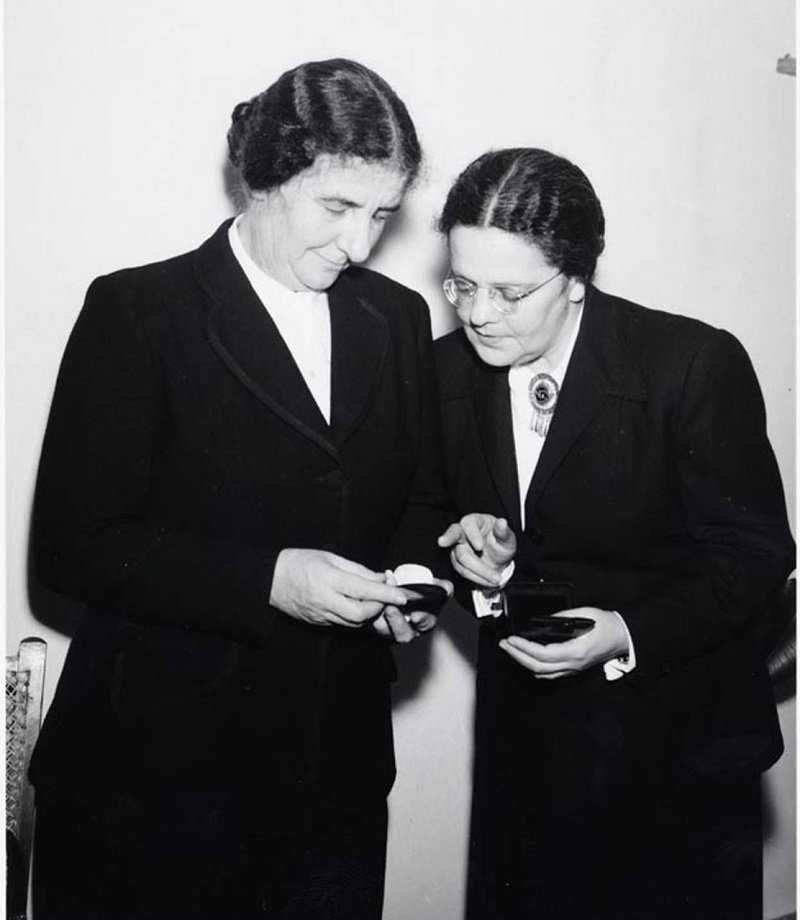
1950. Golda Meir and Beba Idelson at the UN General Assembly
February 5, 1950

1950. Golda Meir and the children of Shfaim
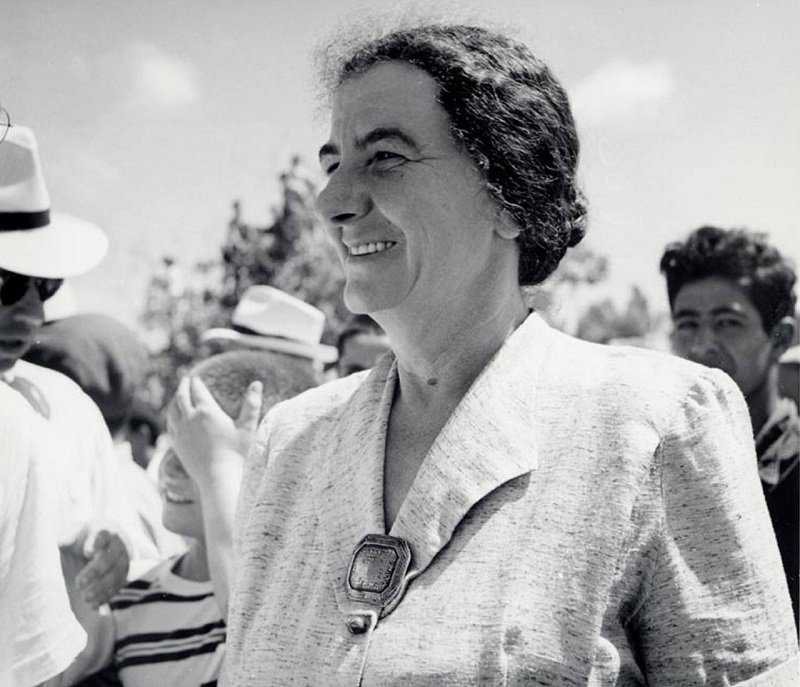
1950. Golda Meir, Minister of Labor
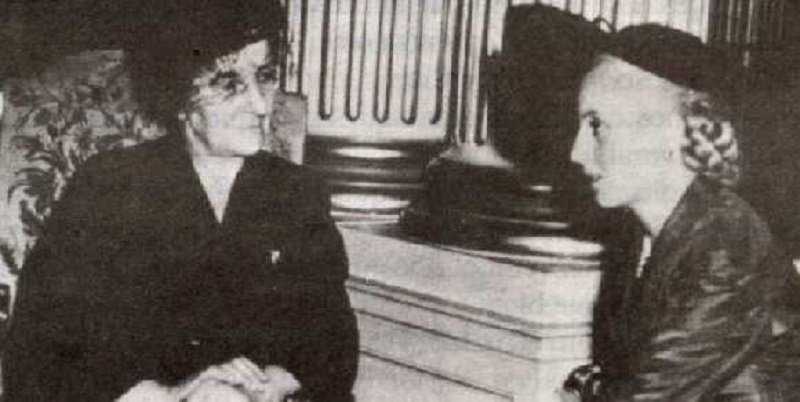
1951 In Argentina with Eva Peron, April 9, 1951
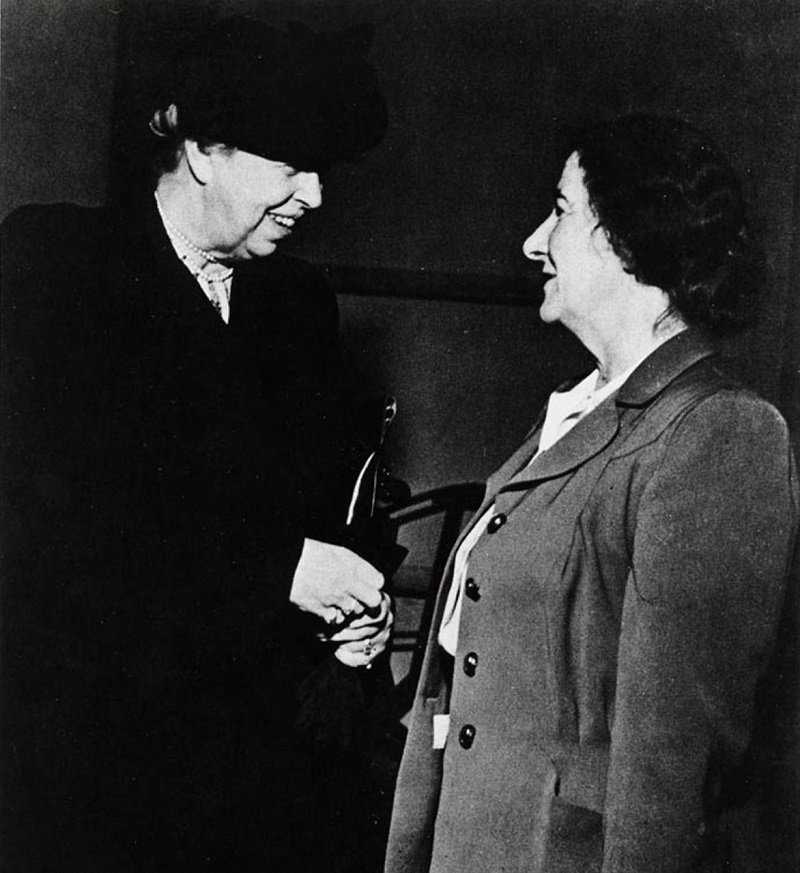
1956. Golda Meir with Eleanor Roosevelt at the UN

1956. Portrait of Golda Meir, Minister of Foreign Affairs
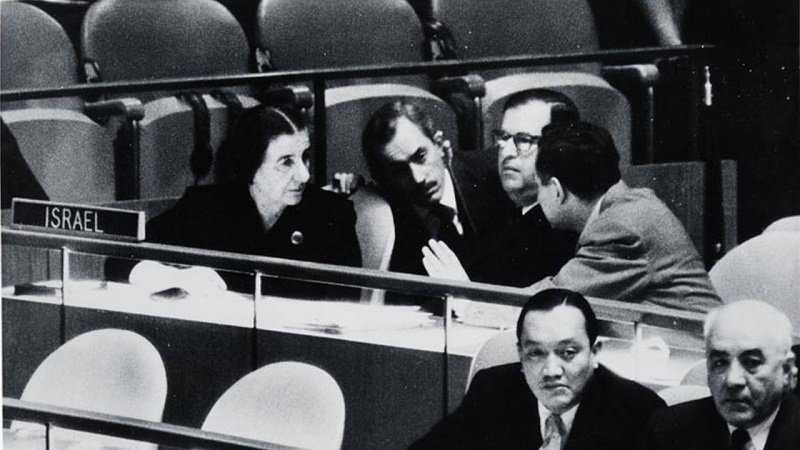
1958. Golda Meir at the United Nations

1958. Golda Meir and Foreign Secretary Selwyn Lloyd
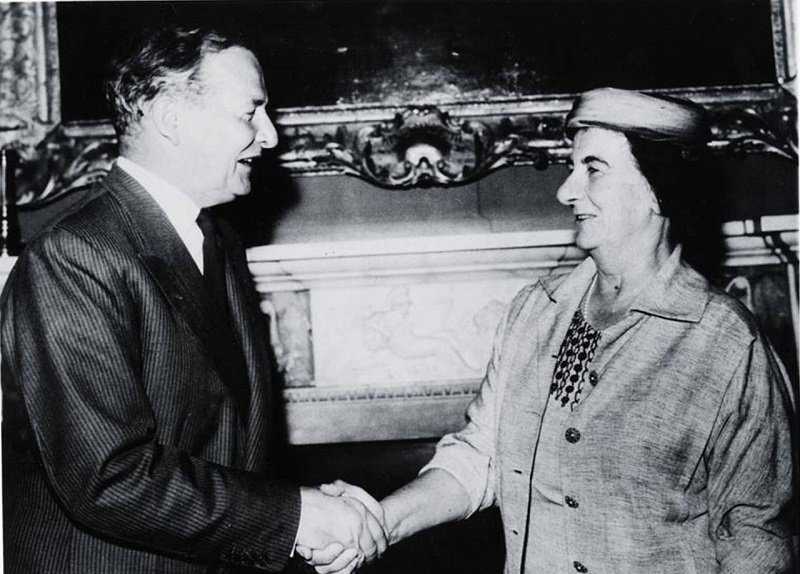
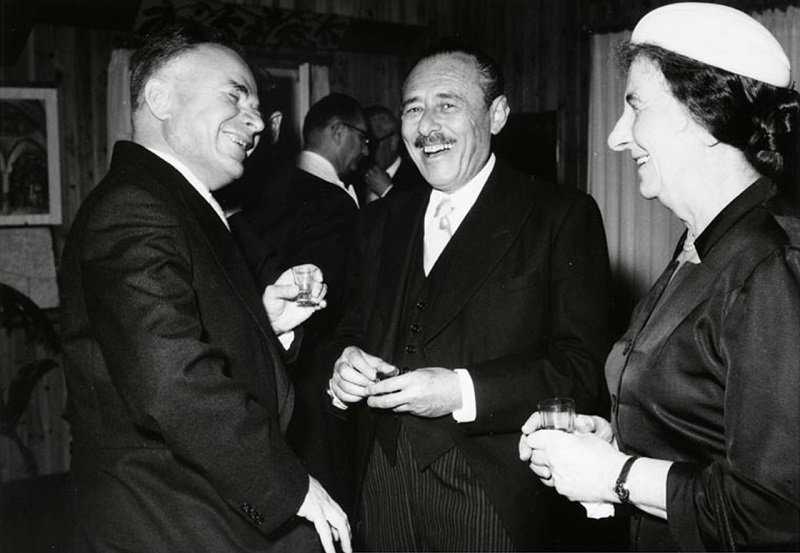
1959. Golda Meir with Russian Ambassador Bodrov at a diplomatic reception
![]()
1960. Golda Meir dances with Mrs. Jomo Kenyatta in Kenya
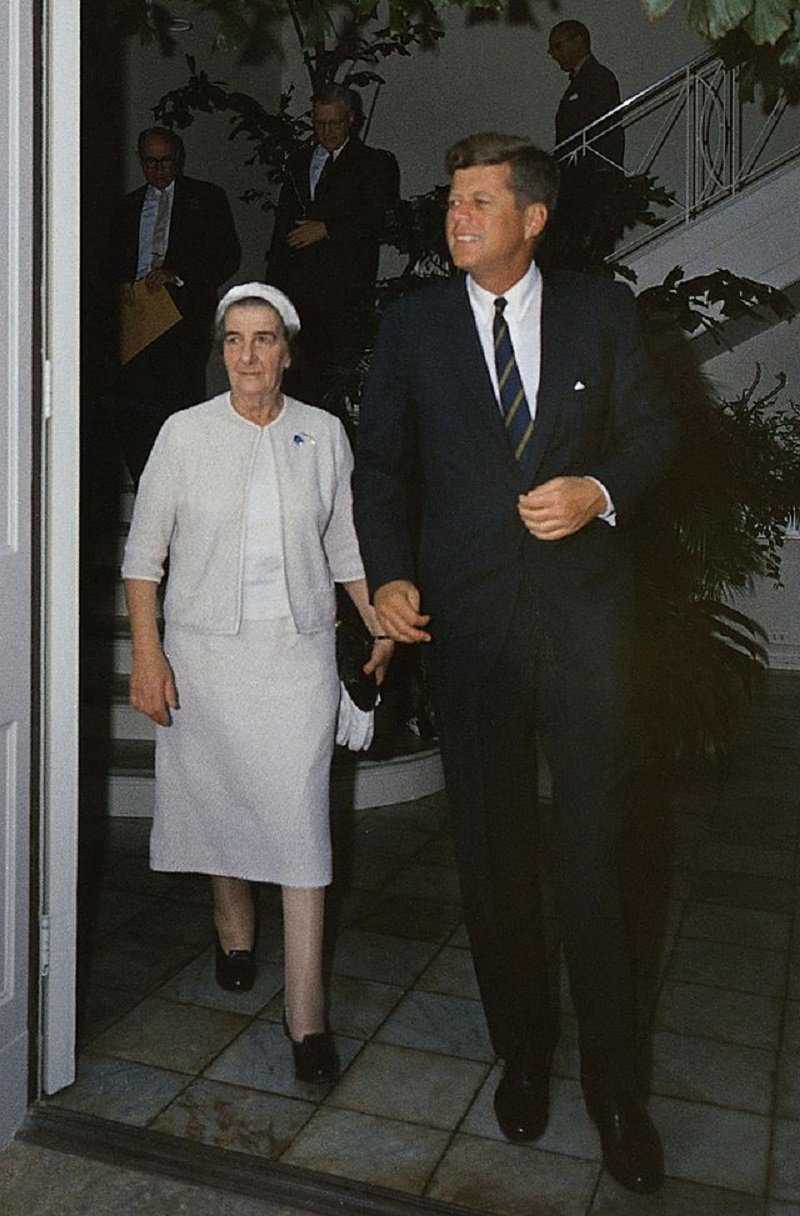
1962 Visit to the USA (1962). With President John Kennedy.
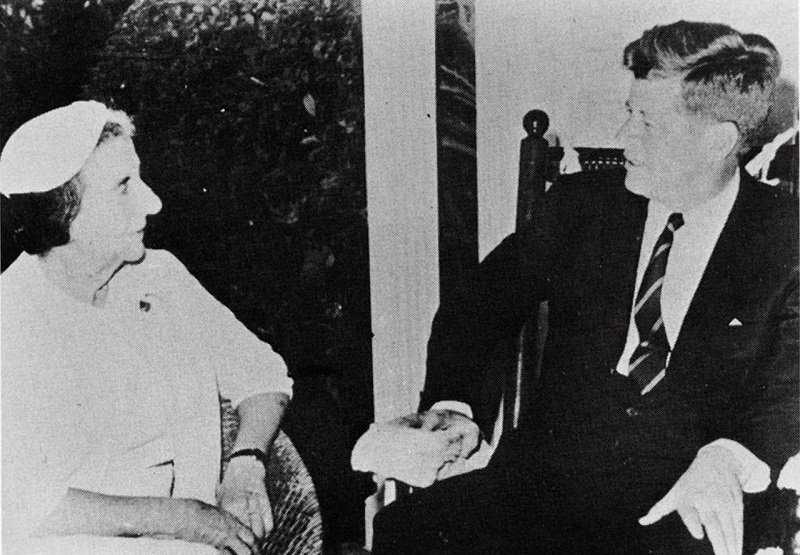
1962. Golda Meir with President John F. Kennedy at the White House.
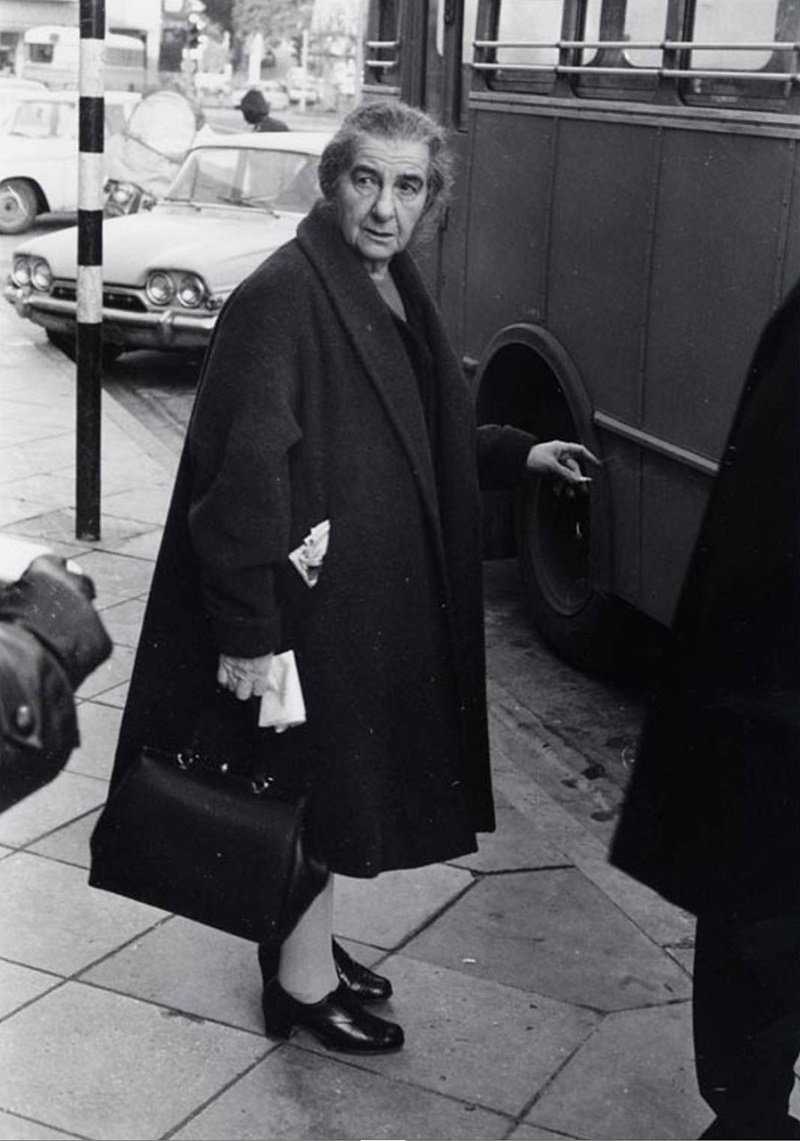
1968. Golda Meir gets on the bus
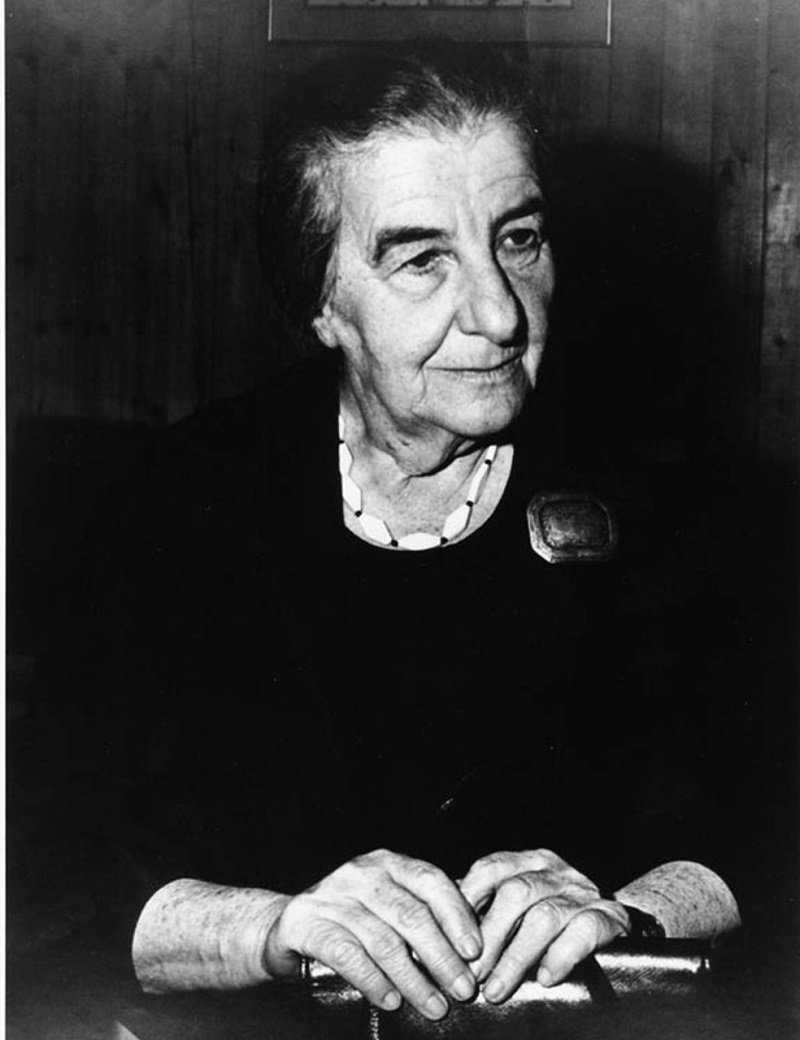
1969. Golda Meir, Prime Minister
Golda Meir became Prime Minister of Israel on March 17, 1969, after the death of Levi Eshkol. Her reign was marred by infighting within the ruling coalition, serious disagreements and disputes, work to correct the government's strategic mistakes and a general lack of leadership, which led to setbacks in the Yom Kippur War in 1973. Golda Meir left leadership to her successor Yitzhak Rabin.
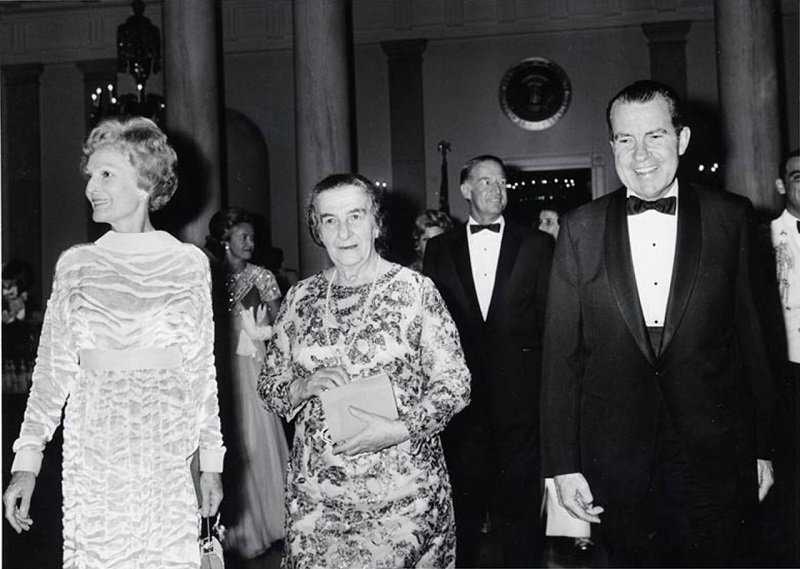
1969. Golda Meir at the White House State Dinner with President and Mrs. Nixon
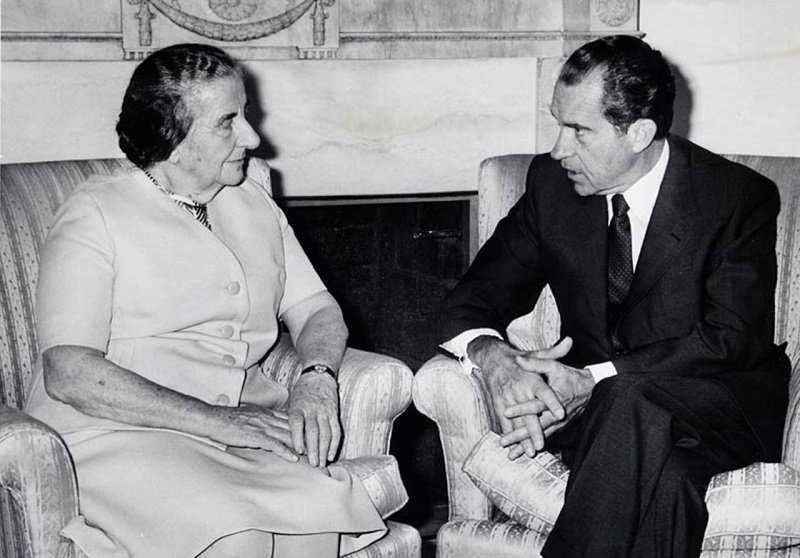
1969. Golda Meir with Zalman Shazar, President of Israel
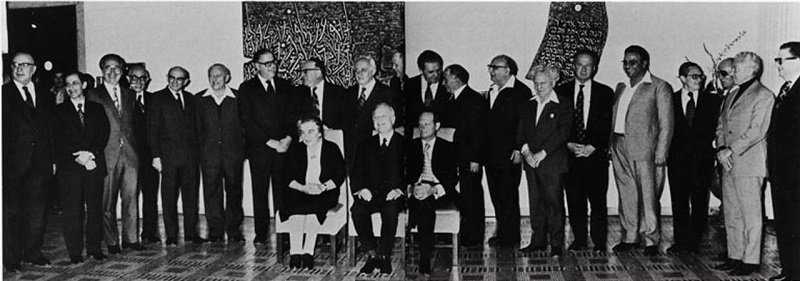
1969. Golda Meir, new prime minister, Yigal Alon and President Shazar
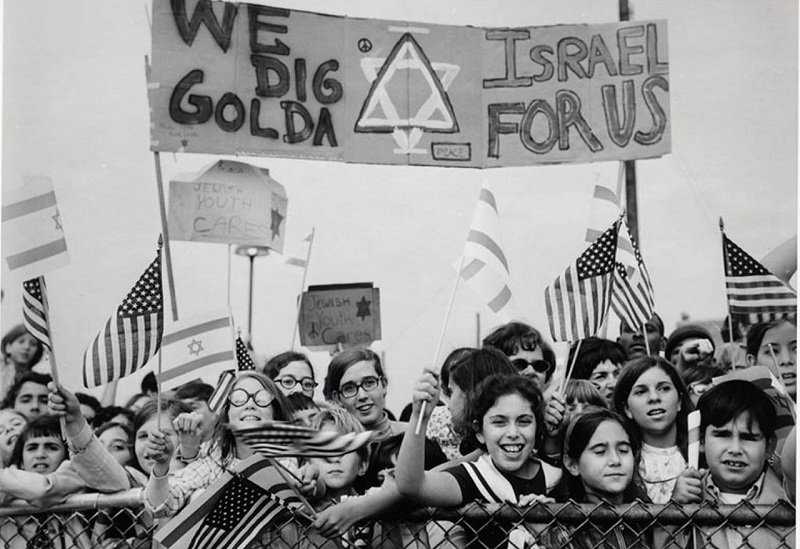
1969. Children greet Golda Meir at Philadelphia airport
1973 With US President Richard Nixon (1973) and his wife Pat Nixon.
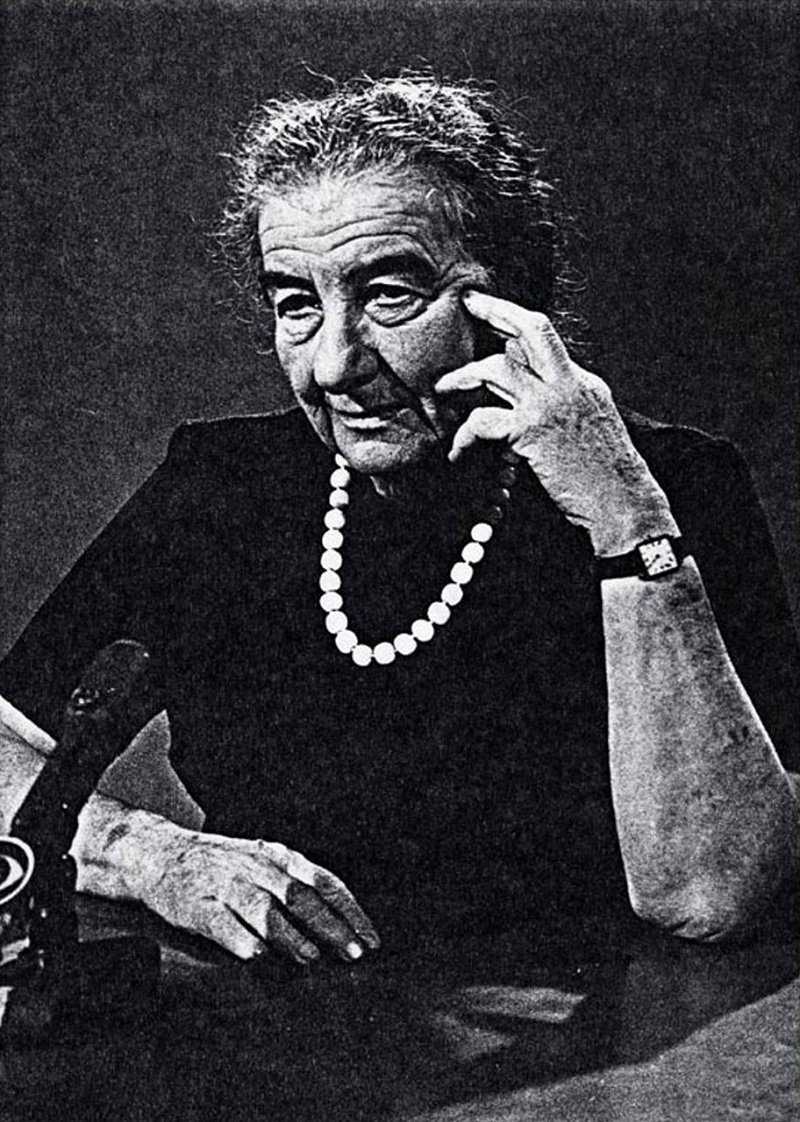
1973. Golda Meir
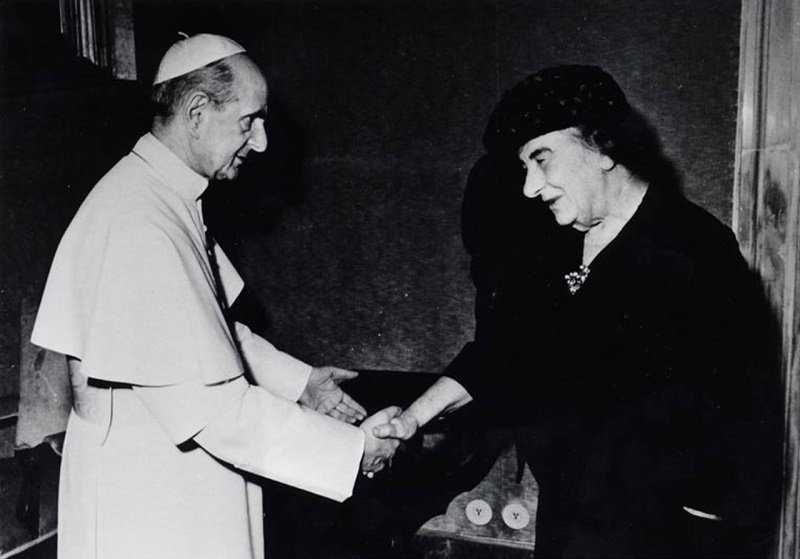
1973. Golda Meir and Pope Paul VI in the Vatican
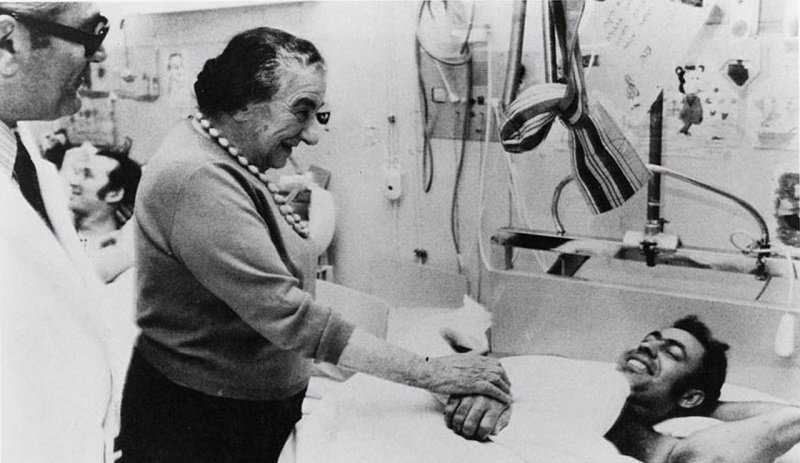
1973. Golda Meir and wounded Israeli soldiers during the Yom Kippur War
After the Yom Kippur War initiated by Egyptian President Anwar Sadat on June 3, 1974, the cabinet of ministers headed by Golda Meir resigned. Yitzhak Rabin succeeded Golda Meir as Prime Minister of Israel. This was the end of Golda Meir's political career.
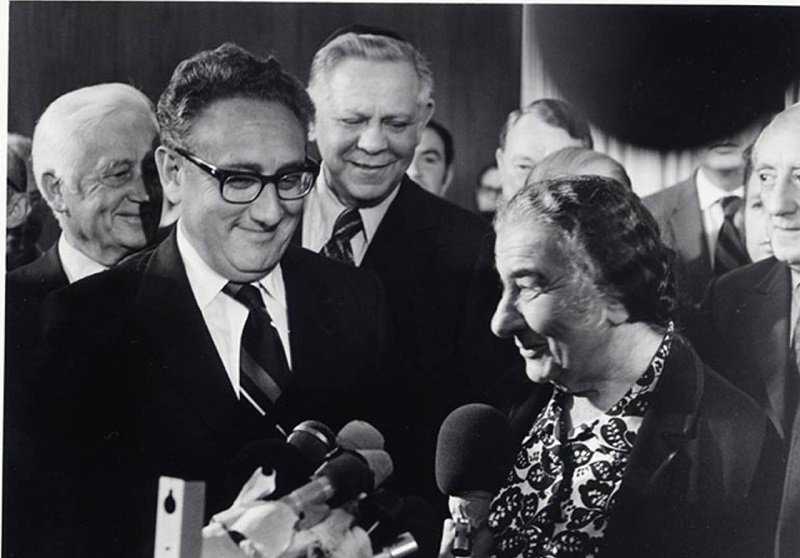
1974 Golda Meir with Henry Kissinger at a farewell party in Israel
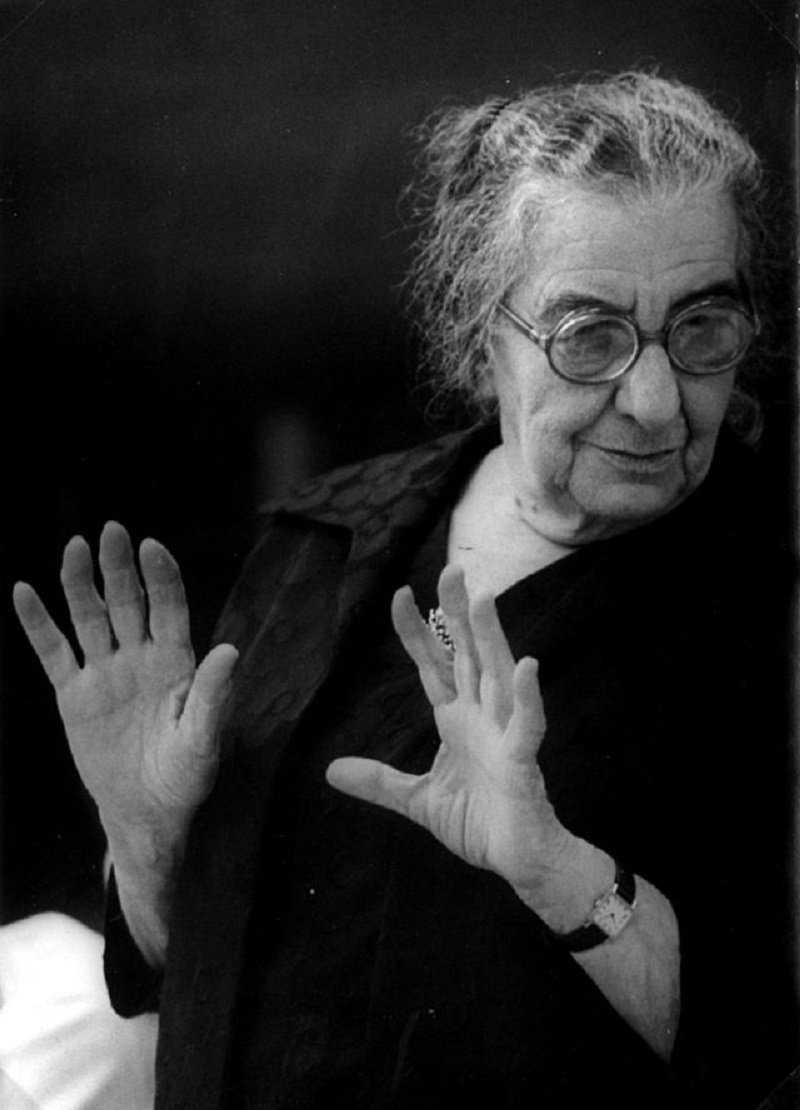
1975
Awarded the medal “For the Liberation of Jerusalem” (1971).
She died of lymphoma on December 8, 1978 in Jerusalem and was buried on Mount Herzl there. There is a monument to her in New York. 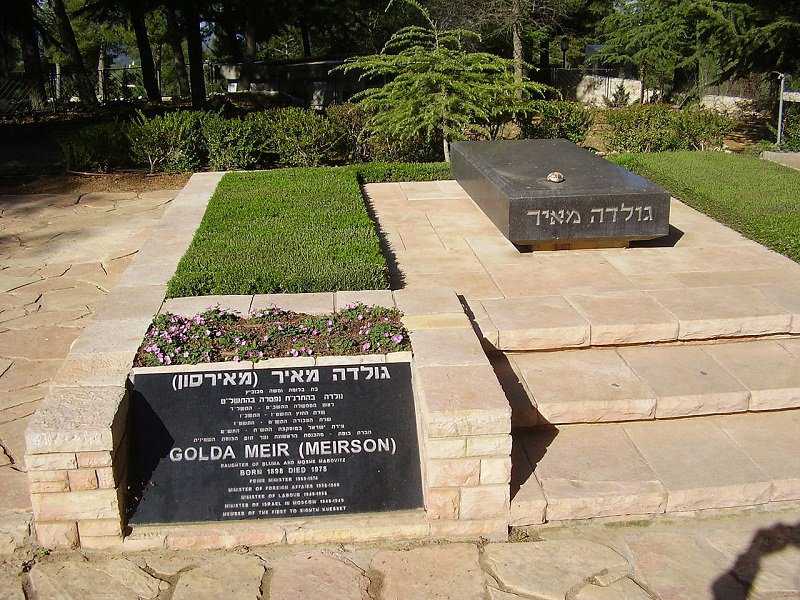
Golda Meir's grave on Mount Herzl
Contributed by: Gene Landrum;
"13 Women Who Changed the World"
In the same year, Moses Mabovich left to work in the USA. Three years later, in 1906, Golda and her sisters and mother also emigrated to the United States. Here they settled in the north of the country in the city of Milwaukee, Wisconsin. When Golda was in the fourth grade, she and her friend Regina Hamburger created the American Society of Young Sisters, which was supposed to raise money for textbooks for schoolchildren in need. Little Golda's speech so impressed the gathered people that the money collected was enough to buy textbooks. The local newspaper published a photograph of the chairman of the Society of Young Sisters - this was the first photograph of Golda Meir published in the newspaper.
Life in Denver
In 1912, Golda Meir graduated from elementary school, and that same year she decided to continue her studies in Denver. But she did not have money for a ticket, and Meir begins to work as an English “teacher” for new emigrants, for only 10 cents an hour. Despite her parents' ban, fourteen-year-old Golda leaves for Denver, leaving only a note asking them not to worry. Golda's older sister Shaina, her husband Shamai Korngold and their daughter Judith lived in Denver. At that time, the only hospital in the country for Jewish emigrants was located in Denver; some of the patients of this hospital were friends with the Korngold family and often visited them. Among them there were also Zionists; this period in the life of Golda Meir greatly influenced her views. It was also in Denver that Golda met her future husband, Morris Meyerson. Meir herself writes about this in her autobiography:
In any case, the long night debates in Denver played a big role in shaping my beliefs and in my acceptance or rejection of various ideas. But my stay in Denver had other consequences. Among the young people who often came to Sheina, one of the most taciturn was the quiet and sweet Morris Meyerson.
Golda's sister Sheina replaced her mother; she considered Golda to be just a child and was strict with her. One day they had a big scandal, and Golda left Sheina's house. She got a job in a studio and rented a small room. A year later, Golda’s father sent her a letter in which he wrote: “If you value your mother’s life, you must return home immediately.” Meir was forced to return to Milwaukee.
Zionist activities

Golda Meir in 1914 in Milwaukee, USA.
In 1914, Golda Meir returned to her parents' house in the town of Milwaukee, her parents' life had improved, her father found a permanent job, and the family moved to a new apartment on Tenth Street. That same year, Golda entered high school and graduated in 1916. In 1916, Golda Meir entered the Milwaukee Normal School (which was then called Teachers College). When she was 17 years old, Meir joined Poalei Zion (an organization of left-wing trade unionist Zionists).
Repatriation to Palestine
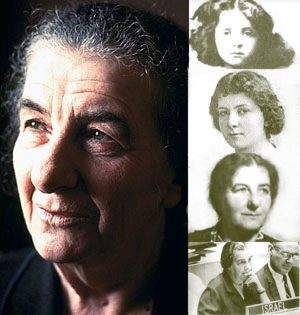 Golda Meir - A Woman Named Golda
Golda Meir - A Woman Named Golda
On the afternoon of Saturday, November 29, 1947, delegates from 56 of the 57 nations that made up the United Nations gathered in a large gray building that had once housed an indoor skating rink in Flushing Meadow, New York. The delegates were called upon to decide the fate of a small strip of land on east coast Mediterranean Sea. This strip was called Palestine.
At the session of the General Assembly, a proposal was made to divide this ancient land into two states - Arab and Jewish. And thus put an end to the thirty-year-long struggle between Arabs and Jews for Palestine.
The debate was brief. The position of the parties and the essence of the issue were well known. Now all that remained was to sum it up.
Shortly after five o'clock in the afternoon, the chairman of the session of the General Assembly, Brazilian diplomat Oswaldo Aranha, struck the gavel, signaling the departure of the last speaker from the podium, and solemnly announced that a vote would now be held. The clerk placed a small basket in front of him. It contained 56 pieces of paper with the names of UN member states. Aranya reached out and slowly took the first leaf out of the basket. He unfolded it, looked at the delegates sitting in front of him and said:
- Guatemala!
Dead silence reigned in the hall...
And thousands of kilometers from the former skating rink in Flushing Meadow, in Jerusalem, in a simple stone house on one of the streets of the new Jewish quarter, a dark-haired woman nervously smoked a cigarette and scribbled a pencil on a sheet of paper in front of her. This evening was the apogee of her life and struggle, the justification of her entire existence. Without parting with her cigarettes and drinking one cup of coffee after another, she noted on a sheet of paper each vote cast at the UN, which brought the realization of her lifelong dream closer.
The woman's name was Golda Meir...
Finally, the words were spoken: “The General Assembly of the United Nations, by thirty-three votes to thirteen, with ten abstentions, voted for the partition of Palestine...”
The eyes of Golda Meir, who gave so much effort for this moment to come, filled with tears.
The fourth Prime Minister of the State of Israel, Golda Meir, was born on May 3, 1898 in Kyiv, where her father Moshe Yitzhak Mabovich worked as a carpenter. She was named Golda (translated from Yiddish as “golden”) in honor of her great-grandmother, to whom she bore a striking resemblance.
Shane's sister was 10 years older, and 5 other children born between them died. Another sister, Tsipka (Klara), was 4 years younger.
My father was an optimist by nature and wanted to believe people at all costs. Blum's mother was energetic, intelligent, far from being so simple-minded and much more enterprising than her husband.
The family was not particularly religious. They lived like all Jews of Eastern Europe. On Sundays and days of fasting we went to the shul (synagogue), blessed the Sabbath and kept two calendars. One is Russian, the second is from another country from which the Jews were expelled 2000 years ago.
Recalling her childhood, Golda wrote in her autobiographical book “My Life” that “there were very few joyful or at least pleasant moments.” The episodes that she remembered in all subsequent years were mostly associated with the painful poverty in which her family lived, poverty, hunger, cold and fear of pogroms.
70 years later, when Pope Paul VI said during a private audience that Israeli politics lacked “compassion,” Golda Meir passionately disagreed. She reminded him of the persecution of Jews in Christian countries and added: “Your Eminence, do you know what became my earliest memory? Pogrom in Kyiv. When we were sympathizers, when we had no homeland and were weak, we were led to the gas chambers..."
When Golda was 8 years old, the mother and daughters went to the USA, where their father had gone three years earlier to start new life. They settled in Milwaukee, Wisconsin.
The family lived in the poorest Jewish quarter city on Walnut (Walnut) street. My father received a meager salary doing construction work. The mother opened first a dairy and then a grocery store.
After enduring a struggle with her parents, Golda continued her education at an elementary school located on 4th Street near the famous Schlitz Brewery. After graduating at age 14, she planned to enter high school and become a teacher. But her parents had other plans for her. According to neighbors, she was an “ervaksene sheine meidl” (“a tall, beautiful girl”) and her parents wanted to get her married as soon as possible.
Then Golda challenged her parents: she entered high school. Moreover, on weekends she took on any job so as not to ask them for money. But this did not help either: the quarrels at home continued. The last straw that overflowed the cup of patience was the act of her mother, who found her a husband.
In the fall of 1912, Golda went to her older sister in Denver (Colorado). Sheina's small apartment became something of a center for Jewish immigrants from Russia who came to America to be treated at the famous Denver pulmonary hospital. Among them were anarchists, socialists and Zionist socialists. Everyone was passionately captured by the main problems of our time. They talked, argued, even quarreled.
Golda listened eagerly to everyone. But the most attentive were the Zionist-socialists, whose political philosophy seemed to her the most reasonable. She understood and fully accepted the idea of a national home for the Jews, which they wanted to create in Palestine. Long night discussions played a big role in shaping her beliefs.
But being in Denver had other consequences. Among the young men who often came to Sheina, one of the most taciturn was the quiet Morris Meyerson. He loved, knew and understood art - poetry, painting, music. He patiently taught Golda to enjoy classical music, read to her Byron and Omar Khayyam, and took her to lectures on literature, history and philosophy.
Soon Golda quarreled with her sister and left her house. She was 16 years old. He got a job in a store where skirts were made to order. She spent about a year like this until a letter arrived from her father. It was short: “If you value your mother’s life, you must return home immediately.”
Golda returned to Milwaukee. The parents' situation has improved. The family moved to a new apartment on Tenth Street. Now her parents had no objections to her entering high school.
After receiving her certificate, she entered a teachers' college, where she began studying pedagogy. At the same time, she became active in various Jewish organizations - to help the Jews of Russia, to protect the rights of Jews, to spread education among them. Zionism filled her life and consciousness. She had no doubt that her place was in Palestine.
In 1915, Golda joined the Poalei Zion (Workers of Zion) party and quickly gained popularity thanks to her extraordinary oratorical talent, speaking both in Yiddish and English. This was her first step on the road to the “promised land.”
In November 1917, the British government announced that it was favorable "to the establishment in Palestine of a national home for the Jewish people" and that it would "make every effort to facilitate the accomplishment of this object." The Balfour Declaration—so called because it was signed by Arthur James Balfour (then British Foreign Secretary)—was written in the form of his letter to Lord Rothschild.
Against the backdrop of this historical event, Golda and Morris were married on December 24, 1917. In the spring of 1920, the Meyerson couple bought tickets on the steamship Pocaontas to go to Palestine. They sold all their property, with the exception of the gramophone and records. On May 23, 1921, together with Golda's sister Sheina, her two children and school friend Regiona Hamburger, they set off on the road.
In July of the same year they reached Tel Aviv. In September, they submitted an application to kibbutz (collective agricultural settlement) Merhavia (translated from Hebrew as “God’s open spaces”), located in the Jezreel Valley.
Golda later recalled that she enjoyed being among people who shared her socio-political views, discussed them passionately, and took social problems seriously. She loved everything about the kibbutz—working in the chicken coop and learning the secrets of baking.
Golda loved the kibbutz and the kibbutz loved her. She was soon elected to the board, which was a great honor for a newcomer. Then she was chosen as a delegate to the congress of the kibbutz movement, which was held in Dgania, considered the “mother of kibbutzim.”
Morris felt uneasy in the kibbutz. He felt unhappy and could not adapt to the inability to retire and engage in intellectual activity. The climate, malaria, food, hard work in the fields - all this turned out to be too difficult for him. He completely lost heart. For his sake, Golda agreed to leave the kibbutz.
Morris got a poorly paid job as an accountant in Jerusalem. They found a small house with two rooms, without electricity. We had to cook on a primus stove in the barn. In order to make ends meet, one of the two rooms had to be rented out.
Their first child, Menachem, was born in 1924. In complete despair, Golda returned to the kibbutz, but after 6 months she moved back to her husband. In 1926, daughter Sarah was born, and the tenant had to move out. In order to pay the rent, Golda took laundry, which she washed in a trough, heating water in the yard.
Her desire for social work found outlet in 1928, when she headed the women's department of the General Federation of Jewish Workers (Histadrut), Moetset Hapo'alot. Soon everyone saw that she was an excellent organizer and speaker. In addition, her knowledge of English, which she spoke without an accent, came in handy.
But her daughter Sarah was often sick, and it was soon discovered that she had kidney disease. In order to give her special treatment, in 1932 Golda went on a special mission to a women's organization in the United States. Her husband remained in Palestine.
After her return in 1934, they continued to live separately. She was appointed head of the political department of the Histadrut in Tel Aviv, and he worked in the Shell Oil office in Haifa and visited his family on Saturdays.
In her new position, Golda quickly gained respect and influence thanks to her hard work, insight, and ability to persuade. Soon she became the chairman of the Board of Directors of the Kupat Cholim (fund for the sick).
In 1933, Hitler came to power and Jewish refugees began to leave Germany. Tens of thousands immigrated to Palestine, where the labor market was not ready to absorb the huge number of professionals and scientists. This was a difficult time for the Histadrut.
In 1937, Golda took part in a conference on German refugees, which took place in France at the initiative of the United States. Representatives from 31 countries took part in the conference. The practical results were negligible, since each country found important reasons in order not to open the doors to refugees. Golda left the conference with a bitter taste. More than ever, she was convinced that the world community could do little for Jews in trouble, and that the Jewish people needed their own state.
After World War II, relations between the Yishuv (the Jewish community before the creation of Israel) and the government - the holder of the mandate - deteriorated completely. The British Labor government, elected in 1945, strongly supported the restrictions on immigration and settlement in Palestine set out in the White Paper in 1939.
In 1946, several leaders of the Jewish Agency (Sokhnut) were arrested and interned. Among them was the head of the political department, Moshe Shertok (Sharette). Golda was appointed to this position, and for some time she represented the interests of the Yishuv and the Zionist movement before the Palestinian Authority. The British, who hoped that she would be easier to do business with because she was a woman, quickly abandoned this idea. She turned out to be a tough person who resolutely defended her opinion.
In March 1947, when two illegal ships, the Dov Hoz and the Eliyahu Golomb, were blocked in an Italian port, thousands of refugees on board went on a hunger strike. At Golda's initiative, 13 Jewish leaders in Palestine went on a public hunger strike in solidarity with the refugees and decided to hold it in the courtyard of the Jewish Agency in Jerusalem.
Despite the fact that Golda had just left the hospital, where she was suffering from an attack of cholecystitis, and the doctor forbade her to join the hunger strikers, she still insisted on her participation. The hunger strike continued for 140 hours until the ships were allowed to continue sailing.
On November 29, 1947, the UN General Assembly adopted a plan to divide Palestine into two states - Arab and Jewish. The Arabs decisively rejected this plan, but the Jews accepted it.
In January 1948, the executive committee of the Jewish Agency sent Golda to the United States to raise funds. For two months, she traveled tirelessly around the country and raised $50 million for the Jewish community—twice her goal. The money was intended for the purchase of weapons in Europe.
There were secret contacts between the Zionist leaders and King Abdullah of Jordan. In November 1947, Golda took part in a meeting with the monarch in Neharaim on the border on south coast Lake Tiberias. Abdullah said that if the controversial partition plan was approved by the UN, he would accept the Jewish state and annex the territories allocated for Arabs to Jordan. However, in the following months it turned out that Jordan intended, in alliance with Egypt, Syria and Iraq, to occupy all of Palestine after the end of the British mandate.
On May 10, 1948, Golda again went to meet with King Abdullah to prevent the impending war. When friends warned her that she might die, Meir replied: “I am ready to go to hell if it gives me a chance to save the life of even one Jewish soldier.”
With Arab affairs expert Ezra Danin, she crossed the border at night and was taken in a car to Amman on Royal Palace. They disguised themselves as an Arab merchant and his wife, covered with a burqa. They had false documents, which gave them the opportunity to pass through military posts along the way.
During the meeting, Abdullah made it clear that he was bound by obligations and needed to join the Arab attack. As he said goodbye, the king asked why she was fighting so impatiently for an independent state. In her inimitable manner, Meir responded: “I don’t think waiting 2,000 years can be seen as a ‘big rush.’” She told Abdullah that “there will be a war, and that Israel will win it.”
Later in the book “My Life” she will write: “It was the greatest impudence on my part, but I knew that we had to win.”
On the way back, the terrified driver abandoned them on the Jordanian side of the border. Shortly before dawn, they crossed no man's land on foot until they were picked up by a member of the Haganah (Jewish paramilitary self-defense units during the British Mandate).
On May 14, 1948, almost as a gift for Golda Meir's 50th birthday, the Declaration of Independence was signed, and a new state appeared on the world map - Israel. She was the only woman among the leaders who signed this historic document. “My eyes filled with tears, my hands were shaking,” she recalled. “We made the Jewish state a reality, and I, Golda Mabovich-Meyerson, lived to see that day.” Many of her comrades later said: “If Ben-Gurion is the father of the Jewish state, then Golda is its mother.”
A month after the proclamation of the state, Golda was appointed Israel's ambassador to the USSR. However, her departure was delayed because she traveled to the USA to raise funds and there she broke her leg in a car accident in Brooklyn.
In September, 42 years after she left Russia, Golda returned there as a diplomatic representative of the Jewish state. The delegation included her recently married daughter and her son-in-law. The Israeli embassy, housed in the Metropol Hotel, was run on the principles of a kibbutz: everyone worked together, prepared food, and went on duty.
Golda was most impressed by her visit to the Moscow synagogue during Rosh Hashanah (Jewish New Year) and Yom Kippur (Judgment Day). She was surrounded by tens of thousands of excited Jews, in whose eyes there was both despair and devotion. There has not been such an outburst of Jewish feelings in the Soviet Union since the 1917 revolution. Therefore, the authorities have taken decisive steps to prevent similar scenes in the future.
It was very difficult for Golda to sit during the War of Independence (as the first Arab-Israeli war of 1948 is called in Israel) in a distant and foreign capital and do routine diplomatic work. But this did not last long - only 7 months. In early 1949, she was elected in absentia to the first Knesset (parliament) and returned to serve as minister of labor in Ben-Gurion's government.
It was very difficult work. Immigrants flocked to the small, war-torn state and settled into tents and huts. They had to be provided with housing, work, schools, hospitals. There was a chronic shortage of food, building materials, equipment, experienced workers, and most importantly, money.
The Minister of Labor again had to go to raise funds in the USA, Europe and Latin America. Golda was in terrible overstrain all the time. However, this work was constructive, it had a clear goal with tangible results. Here she could fully show her concern for people. Recalling those years, she admitted “that it was the most fruitful period in her life.”
In 1956, Ben-Gurion appointed Golda as Minister of Foreign Affairs. By this time, she had shortened her surname Meyerson to the Hebrew name Meir (translated from Hebrew as “illuminating”). When journalists asked her how a woman felt in the position of Foreign Minister, she answered venomously: “How should I know. I have never been a man as foreign minister."
It was with some fear that she took on these responsibilities. After all, this was the period when the Suez crisis began in the Middle East. She took part in shadow diplomatic activities before the Arab-Israeli war on Sinai Peninsula, made a secret trip to Paris to meet her French colleague Christian Pinault.
After the outbreak of hostilities, she came to New York and led the Israeli delegation in UN debates that lasted several months. The Anglo-French expedition did not take place, and Israel was left alone with the UN, which demanded the immediate withdrawal of Israeli troops from the Sinai Desert and the Gaza Strip.
For the 9 years that Golda Meir held the position of Minister of Foreign Affairs, she remained herself even in this diplomatic post. By nature, stubborn, direct, practical, at times hot-tempered, she had difficulty in complying with the demands of protocol, with its exchange of evasive diplomatic phrases and wordplay in UN resolutions. Most of the questions for her were questions of morality: justice and injustice, right and wrong. This approach to the diplomatic service was uncomfortable for other foreign ministers trained in the professional traditions of European diplomacy.
More impressive was her appearance at a meeting of the UN Security Committee in 1960 regarding a complaint by Argentina, which said that the capture of Nazi criminal Adolf Eichmann was a violation of its sovereignty. After Meir's speech, in which she spoke with great passion about the Holocaust, the Security Council said that the “appropriate reparation” required by Argentina would require the Israeli government to apologize and accept a UN resolution on the issue. The Council approved bringing Eichmann to trial.
This was a decade of rapid decolonization in Black Africa, with one country after another becoming independent and being accepted into the UN. Meir felt identified with these oppressed peoples and felt that it was Israel's responsibility to help them. She made several visits to Africa, and her warm human touch made a huge impression in the countries she visited. She contributed to the development of various aid programs for Africa and created a special department in the Ministry of Foreign Affairs to implement these programs.
By the end of 1965, Golda's health had deteriorated - countless trips, psychological stress, eternal haste, and general fatigue took their toll. Deciding that it was better to be “full grandmother than half minister,” she resigned, continuing to remain a member of the Knesset. She was 67 years old and had a life of hard work and responsibility behind her. She felt tired, but most importantly, she felt guilty for not paying enough attention to her family. Her son Menachem, a professional cellist, and her daughter Sarah, a member of Kibbutz Revivim in the Negev, had families, and Golda wanted to spend time with her five grandchildren.
But this life lasted only one month. She was elected general secretary of the Workers' Party, which was torn by divisions, and her comrades felt that only Golda could restore unity.
At the time of her election as Israel's fourth prime minister, she had over 45 years of political experience. “I realized that I would have to make decisions on which the lives of millions of people would depend,” she wrote in her memoirs. “However, there was no time for reflection, and thinking about the path that brought me from Kyiv to the prime minister’s office had to be postponed until later.”
In February 1969, Prime Minister Levi Eshkol died suddenly of a heart attack. In order to avoid a power struggle within the party, 8 months before the next general elections it was proposed to appoint Golda as Prime Minister. True, doubts were expressed whether it was wise to put such a burden on a sick 72-year-old woman.
On March 17 of the same year, she was unanimously elected head of government. In her official speech, Golda said: "Our destiny cannot and will not be determined by others."
To everyone's surprise, she accepted the challenge with renewed enthusiasm. In a short time, she completely got into the swing of things, her authority was unquestioned in the cabinet of ministers and in the country as a whole. Not surprisingly, both supporters and opponents took it for granted that she would continue to lead the government.
It was a time for strong but sensible management. A ceasefire agreement was concluded, but conflicts often arose on the borders. Golda's government supported the country's fighting capacity and sought ways for a peaceful settlement.
But the world did not have long to live. There was always looming danger nearby, but the ceasefire gave a deceptive sense of security to part of her office. Golda intuitively sensed that war was imminent and shared her premonitions with cabinet members and her advisers, especially after an Israeli fighter shot down an invading Libyan Boeing 727 in March 1973. air space Israel.
October 6th was approaching - Yom Kippur (Judgment Day), the most important and solemn Jewish religious holiday. Women's intuition told Golda that something was wrong. Her advisers and cabinet members assured her: “Don’t worry, there won’t be a war.” At noon on October 5th she called an emergency meeting and, in the presence of several key cabinet members, declared: “I have a terrible feeling about what is happening. It reminds me of 1967... I guess that means something."
Her chief of staff, the secretary of defense, the chief of intelligence and the secretary of commerce unanimously replied: “There is no problem.” Golda later recalled: “I had to listen to the voice of my heart and declare mobilization. I knew even then that I had to do this, and I would have to live with this terrible knowledge for the rest of my life.”
Intuition did not disappoint - Golda was right. The tragedy claimed 2,500 Jewish lives, many of which could have been saved if the cabinet had believed in the power of her intuition.
Golda has always been brave and believed that strength is important for both countries and people. If this woman had not been strong, the nation would not have survived. And without her inner strength, she would not be able to work with such energy.
During the Yom Kippur war she was well into her seventies, but she never left the office for more than an hour. She slept barely four hours a night, sometimes dozing off right at her desk, keeping a constant vigil to protect her beloved nation and its young soldiers.
On the fifth day of the war, when the Israeli army was suffering losses and it seemed that defeat was close, she called US Secretary of State Henry Kissinger in the middle of the night. His secretary replied: “It’s midnight, wait until morning.” Meir said: “I don’t care what time it is. We need help today because tomorrow may be too late."
Kissinger capitulated and invited her to Washington. Golda's strength and confidence did the trick: the American airlift came online just in time to save both the battle and the nation. This resilient seventy-five-year-old woman once again used her uncompromising spirit to save her fellow tribesmen. Her position as leader of the Workers' Party remained unchanged by the Knesset elections at the end of 1973.
Golda resigned on 10 April 1974 after five turbulent years as prime minister. She was almost seventy-six. “It was beyond my strength to carry this burden any longer,” she admitted. There were 80,000 Jews in Palestine when she arrived in 1921, and 3 million when she left office.
In her farewell statement, she expressed the concept of survival in terms of strength and aggression: “If Israel is not strong, there will be no peace.” She could say: “If a woman is not strong and confident, then she will not achieve power.” This would express the essence of this energetic and powerful woman.
Golda Meir has always been proud of her Jewish identity. It was this feeling that had a noticeable influence on her political course when she headed the government. She never made compromises that could damage the honor of the state.
What's interesting is that she never fully agreed with the position that Jews are God's chosen people. It seemed to her that it would be more correct to believe that it was not God who chose the Jews, but that the Jews were the first people to choose God.
Golda's most remarkable characteristic was her ability to lead with the absolute conviction that she, and only she, was right. And her ability to instill that confidence in others has made her Israel's most effective representative in the eyes of world public opinion. This character trait largely contributed to her gaining such authority that no Israeli politician has enjoyed since David Ben-Gurion.
If Golda's opinions met with fewer objections than Ben-Gurion's, this was not only because many of the "old man's" decisions were more risky and original. But also from the fact that she had another ability - to transfer any disagreement with her opinion to a personal, subjective basis. Anyone who disagreed with her point of view felt as if he were speaking out against her personally. It even began to seem to him that his resistance could only discredit himself, and not the idea he opposed.
This “system” is the fruit of Golda’s character, personality and more than 50 years of public activity.
The ability to quickly grasp the essence of the matter, the ability to work, completely unusual for her age, the ability to make bold decisions and the willingness to bear responsibility for them - all this contributed to the strengthening of her position. However, it seems that the main factor determining the strength of her power was Golda's instinctive expression of the views and sentiments of the majority of Israelis on matters of foreign policy and national defense. Her statements about Egyptian President Anwar Sadat, about the creation of settlements in the occupied territories, about the future of these territories corresponded to what the majority of the Israeli population thought at that time.
Golda believed with deep sincerity in what she said, and believed when she uttered words that later, perhaps, she would have refused, so that they would not be regarded as empty and idle. When she declared that “the Jewish people have their own state where they can defend themselves,” she did not do this for the sake of rhetoric. She was convinced that every Jew should be a Zionist - after all, this stemmed from the very need for self-defense.
When a journalist in the USA once said that “not all Jews are Zionists,” she sharply replied: “Of course, but not all “goyim” (a contemptuous nickname for a non-Jew - K.K.) are anti-Semites.” The belief that all “goyim” hate Jews deep down in their souls has been firmly entrenched in Golda’s mind since the pogrom she witnessed as a child.
Golda never demanded loyalty from the people to herself personally, calling only to preserve the ideals in which she believed. She did not accept any compromises. The world for her was divided into black and white. Anyone who did not accept her worldview was an enemy - ideological and personal. She never competed for positions or honorary titles. “I didn’t choose a career, I didn’t choose a profession,” she said. “It just happened that way...” In fact, Golda chose a dream that she followed until her death.
She was a focused and strong-willed woman who sacrificed her life every day for the dream of a free, independent Jewish nation. She was a dreamer who never allowed everyday critical situations to destroy her confidence, enthusiasm and inescapable dream of a future Jewish state.
Death knocked on her door every day for many years, but she remained a consummate optimist. She was always ready to sacrifice everything to realize her childhood dream - the unification of Jews. Years of hardship and living in constant fear of destruction formed a strong and unyielding will that led her along a long road to the top.
And in relation to people, Golda often behaved in a typically feminine way. Her assessment of people was often based on irrational feelings and natural intuition. And again, once she had made a judgment about a particular person, she changed him with enormous difficulty.
Golda knew how to win hearts. People who interacted with her quickly fell under the spell of her naturalness and simplicity, her talent for clearly and understandably expressing her positions.
Journalists loved meeting with her. She never hid behind the saving formulation - “there will be no answer to this question.” If Golda did not want or could not answer specific question, she always found a way to change the direction of the conversation or tell an anecdote that interrupted the conversation she did not want.
Golda’s political “kitchen,” which was so often suggested by her opponents, meaning a place where important political matters were decided in a narrow circle, was the most authentic kitchen, where she usually drank coffee, smoked one cigarette after another, talked and consulted with friends . This kitchen (without quotes) was located in the Prime Minister's house on Ben Maimon Boulevard in Jerusalem. Here she treated tea or coffee to those who were like-minded people. With these people she sat up late at night on Saturday evenings, consulting on the most important issues of domestic and foreign policy.
These meetings were intended primarily to prepare government meetings, convened every Sunday. In addition, they discussed cases that were not submitted to the government for consideration.
Golda was not a feminist. She achieved her high position not because she was a woman. But at the same time, she was a woman in the full sense of the word. She never hid her femininity. On the contrary, she was proud of her, although she never had more than two dresses at the same time. But friends, as well as enemies, still called her charming and captivating, although she had not worn makeup for more than thirty years.
Golda was a very passionate woman. In her personal life she was never lonely; she was constantly surrounded by a stream of secret romantic relationships. She had close relationships with some of the greatest minds in Israeli history: she was associated with the brilliant Zalman Shazar, “a savage with an encyclopedic mind,” who became her mentor and lover. Ironically, this magnetic and hypnotic speaker was to become the future Israeli president who swore her in as prime minister in 1969.
They traveled around the world in the thirties. Shazar promised to divorce and marry her, but he never kept his promise. Yet this dynamic leader was without a doubt the man who influenced her greatest influence. Their relationship was the beginning of a large number of similar connections, which gave her envious reasons to label her as “Mattress Gold”.
Meir had intimate relationships with many great men in the Zionist movement. David Ben-Gurion, David Remez, Berl Katznelson, Zalman Arann and Henry Mentor were the most distinguished individuals with whom she worked and entertained at various stages of her career. They all helped her rise to the top.
Remez's love lasted a lifetime, and he achieved many positions in the party for her. According to Golda, he was her “compass” and mentor for a long time. She often admitted: “I loved him very much.”
Katznelson, known as the "Socrates of Israel", appointed her to her first responsible position - head of the mutual aid department in the thirties.
Aranne, according to Golda, brought fantasy into her life.
The mentor was an energetic man, the head of an American foundation. He became her confidant and lover when she raised money in America in the thirties.
There was no malicious intent in her actions. She was simply a passionate woman who lived naturally, the way she saw and felt. She had so much unstoppable energy that there was no time to stop to worry about those who were leaving.
Golda herself recognized the primacy of her career over her family: “I know that my children, when they were little, suffered a lot through my fault.” She, devoting herself to work, had to sacrifice something very significant for the sake of the ideas of Zionism, which was synonymous with her career. This significant thing was... family.
Golda was a very strong but simple woman. On being elected to her state's highest office, she said: “I was stunned. I never expected to become prime minister. I never expected anything at all. I planned that I would go to Palestine and become an active participant in the Labor movement.”
Golda's only God was Zionism, a world in which the Jewish people would have their home. Her life's work was to create such a house. She confirmed this: “I have no ambitions to become someone.” She was always ready to sacrifice herself and her family for the sake of Israel.
Golda still managed to witness the conclusion of the first Arab-Israeli peace treaty - the Cambridge-David Accords. Shortly before, during Egyptian President Anwar Sadat's first visit to Israel, she said:
“I want even an old lady like me to have a chance to live in a time of peace between you and us...”
She died on December 8, 1978. She was buried on Mount Herzl in Jerusalem. Whether we like or dislike the current appearance of the Jewish state, it was formed not least by a woman named Golda...
In contact with
Golda Meir (1898-78) - Israeli politician and statesman, 5th Prime Minister of Israel, Minister of the Interior of Israel, Minister of Foreign Affairs of Israel, Minister of Labor and Social Security of Israel
General Secretary of the Social Democratic Party MAPAI. Since 1972, vice-president, since 1976 - honorary president of the Socialist International.
early years
Golda Meir was born in 1898 in Kiev, in the Russian Empire (now Ukraine) into a poor Jewish family, besides her there were eight more children in the family, five of whom (four boys and one girl) died in infancy, only Golda herself and her two sisters, the eldest Shayna and the youngest Klara (Originally Tsipka).
Her father Moshe Yitzchok Mabovich worked as a simple carpenter, and her mother Bluma Mabovich (nee Naiditsch) worked as a wet nurse. The mother in Golda’s description “was pretty, energetic, smart, far from being so simple-minded and much more enterprising than my father...”.
Beginning of the 20th century in the Russian Empire was marked by the beginning of Jewish pogroms, so not a single Jew in Russia could feel safe, especially in places where the Jewish population was in the minority. Therefore, in 1903, the Mabovichs were forced to return to Pinsk, to the house of Golda’s grandparents.
In the same year, Moses Mabovich left to work in the USA. Three years later, in 1906, Golda, with her sisters and mother, also emigrated to the United States. Here they settled in the north of the country in the city of Milwaukee, Wisconsin.
When Golda was in the fourth grade, she and her friend Regina Hamburger created the American Society of Young Sisters, which was supposed to raise money for textbooks for schoolchildren in need. Little Golda's speech so impressed the gathered people that the money collected was enough to buy textbooks. The local newspaper published a photograph of the chairman of the Society of Young Sisters - this was the first photograph of Golda Meir published in the newspaper.
Life in Denver
In 1912, Golda Meir graduated from elementary school, and in the same year she decided to continue her studies in Denver. But she did not have money for a ticket, and Meir begins to work as an English “teacher” for new emigrants, for only 10 cents an hour.
Despite her parents' ban, 14-year-old Golda leaves for Denver, leaving only a note asking them not to worry. Golda's older sister Shaina, her husband Shamai Korngold and their daughter Judith lived in Denver. At that time, the only hospital in the country for Jewish emigrants was located in Denver; some of the patients of this hospital were friends with the Korngold family and often visited them.
Among them there were also Zionists; this period in the life of Golda Meir greatly influenced her views. Also in Denver, Golda met her future husband, Morris Meyerson (his family emigrated to America from Lithuania). Meir herself writes about this in her autobiography:
“In any case, the long night debates in Denver played a large role in the formation of my beliefs and in my acceptance or rejection of various ideas. But my stay in Denver had other consequences. Among the young people who often came to Sheina, one of the most taciturn was the quiet and sweet Morris Meyerson.”
Golda's sister Sheina replaced her mother; she considered Golda to be just a child and was strict with her. One day they had a big scandal, and Golda left Sheina's house. She got a job in a studio and rented a small room. A year later, Golda’s father sent her a letter in which he wrote: “If you value your mother’s life, you must return home immediately.” Meir was forced to return to Milwaukee.
Zionist activities
In 1914, Golda Meir returned to her parents' house in the town of Milwaukee, her parents' life had improved, her father found a permanent job, the family moved to a new apartment on Tenth Street. That same year, Golda entered high school and graduated in 1916.
In 1916, Golda Meir entered the Milwaukee Teachers College. When she was 17 years old, Meir joined Poalei Zion, an organization of left-wing trade union Zionists.
In 1921, she, her husband, friend, sister Sheina and her children moved from Milwaukee to Palestine, then small town, founded 12 years earlier by Jewish settlers.
Kibbutzim were organized here - agricultural communities where “farmers live together, without personal property, hired labor and private trade.”
Golda gave private English lessons, so she and her husband barely managed to get into Kibbutz Merhavia.
Golda Meyerson's political career began in Merhavia. First, she was elected to the board of the settlement, then as a delegate to the congress of the kibbutz movement, where Golda met many leaders of the labor movement, including the future Prime Minister of Israel, whom she met back in Milwaukee.
In 1929 and 1930, Golda Meyerson traveled abroad frequently. She was in the USA on business with the Women's Work Council. She visited England twice, but this time as a representative of the labor movement. By this time she already had two children - Menachem and Sarah.
In the 1940s, Meyerson participated in the struggle of the Jewish people to grant state independence to Palestine, which was under British control. Golda was elected head of the Political Department of the Jewish Agency Sokhnut.
On November 29, 1947, at a UN session in New York, two independent states were adopted. 33 countries, including the USSR and the USA, supported the division, 13, including all Arab countries, voted against it. On the same day, Golda Meyerson addressed the Arabs with a proposal to live in peace and friendship.
But the Arabs rejected the UN ruling. The Jews decided to take up arms in their hands to defend their right to create independent state. Meyerson went to the United States, where she spoke to her fellow tribesmen with calls for help. In six weeks, she raised $50 million. Ben-Gurion said: “Someday, when history is written, it will tell the story of a Jewish woman who obtained the money needed to create a state.”
On May 14, 1948, Golda Meir became one of two women who signed Israel; a total of 38 people signed the declaration, including only two women, Golda Meir and Rachel Cohen-Kagan. Meir herself writes about this in her memoirs:
“State of Israel! My eyes filled with tears, my hands trembled. We have achieved it. We made the Jewish state a reality - and I, Golda Mabovich-Meerson, lived to see this day. Whatever happened, whatever price we had to pay for it, we recreated the Jewish Homeland. The long exile is over."
The next day, Israel was attacked by the combined armies of Egypt, Syria, Lebanon, Jordan and Iraq, and so Israel began.
After the creation of the State of Israel in May 1948, in September Meyerson was sent as the first diplomatic representative of Israel to Moscow.
Ambassador in Moscow
With the outbreak of the Israeli War of Independence, the young state needed a large number of weapons. , the USSR became the de jure recognizer of Israel, and it also became the first major one to enter the country.
In September 1948, Golda Meir was appointed Israel's first ambassador to the USSR. She held this post until March 1949.
Her short tenure in this post was marked by an enthusiastic meeting given by a huge crowd of Jews while visiting a Moscow synagogue. This event is depicted on the Israeli banknotes of 10,000 shekels and 10 new shekels.
Meyerson met with V. M. Molotov and other Soviet leaders. Golda personally brought the news of the creation of an independent Jewish state to Soviet Jews.
Golda did not speak Russian. At a reception in the Kremlin, V. M. Molotov’s wife, Polina Zhemchuzhina, addressed her in Yiddish with the words: “I am a Jewish daughter!” (Yiddish Ich bin a yiddishe Tochter!).
In 1949, she was appointed Israel's Minister of Labor.
“The seven years that I was Minister of Labor were, without a doubt, the happiest time of my life. This work brought me deep satisfaction."
Meyerson's talents were especially revealed during her subsequent tenure as Minister of Foreign Affairs (1958-1966).
Golda Meir tried to find a way out of the deadlock in which Arab-Israeli relations had reached, but her call was not heard. Ambassadors Arab country, as soon as they saw the Israeli diplomat, they defiantly left the room.
Meir believed that her main contribution as foreign minister was establishing friendly relations with developing countries Latin America and especially Africa.
From 1966 to 1968, Golda Meir served as general secretary of the social democratic Zionist party Mapai (Workers' Party of Israel).
For five years she headed the government of the State of Israel (1969-1974), entered the world political elite, and participated in solving a number of important international problems.
Golda rarely wrote letters in her own hand and, with the exception of official speeches at the UN General Assembly or the Security Council, never read speeches from what she had written. She was an excellent speaker.
Golda Meir did not make compromises that could damage the honor of the state. This is precisely what can explain her lack of flexibility and lack of faith in the peaceful solution to the Egyptian-Israeli conflict, which Anwar Sadat advocated after the death of Gamal Abdel Nasser.
Golda Meir's last years, when she became head of government, were perhaps the most difficult for Israel. The real tragedy was the Yom Kippur War. As is known, the war began with the failure of the Israeli military intelligence, which failed to recognize the signs of the impending Egyptian-Syrian offensive.
Helpful information
Golda Meir
Hebrew גולדה מאיר
née Mabovich
Hebrew מבוביץ׳
married name - Meyerson
Hebrew מאירסון
Quotes
“Moses led us through the desert for 40 years to bring us to the only place in the Middle East where there is no oil.”
Golda Meir
“There is no such nation as the Palestinians, they never existed. Before 1948 we were Palestinians. (June 15, 1969)."
Golda Meir
“Whoever does not know Yiddish is not a real Jew.”
Golda Meir
“We are all Palestinians, do we need proof? I still have my old passport.”
Golda Meir
"Pessimism is a luxury that Jews cannot afford."
Golda Meir
“Peace in the Middle East will come when Arabs love their children more than they hate Jews.”
Golda Meir
“The problem with Israel is that it always ends up alone.”
Golda Meir
“Someday, when history is written, it will be about a Jewish woman who obtained the money needed to create a state.”
Ben Gurion
"Golda is the only man in the government."
Proverb during the time of Golda Meir
“Golda often behaved in a typical feminine way towards people. Her assessment of people was often based on irrational feelings, on natural intuition - and again, once she had made a judgment about a particular person, she changed it with enormous difficulty.
Golda knew how to win hearts. People who interacted with her quickly fell under the spell of her naturalness and simplicity, her talent for clearly and understandably expressing her positions...




